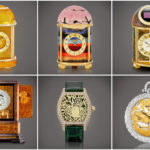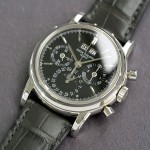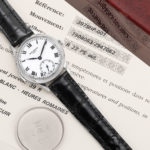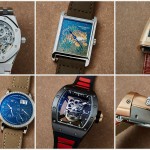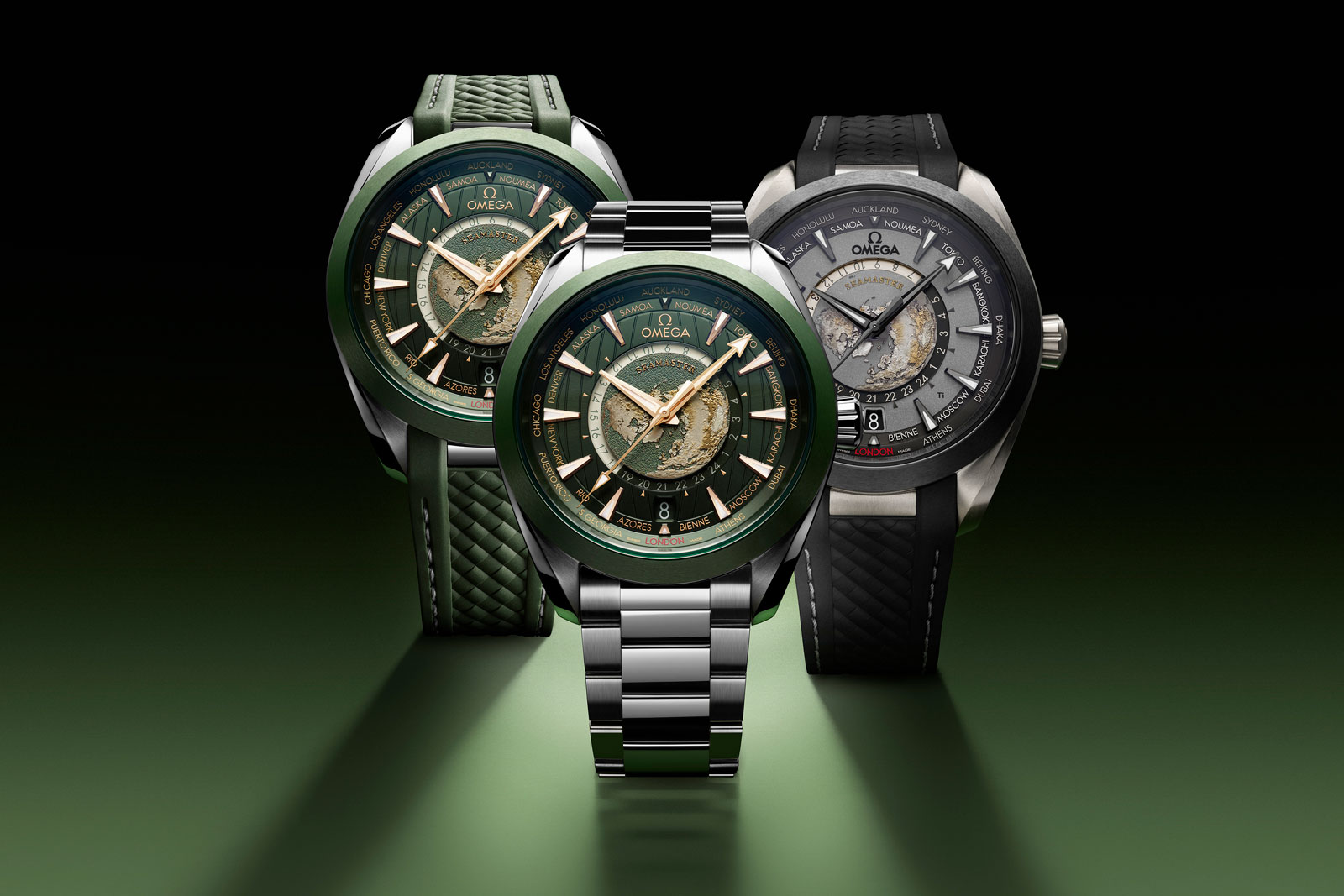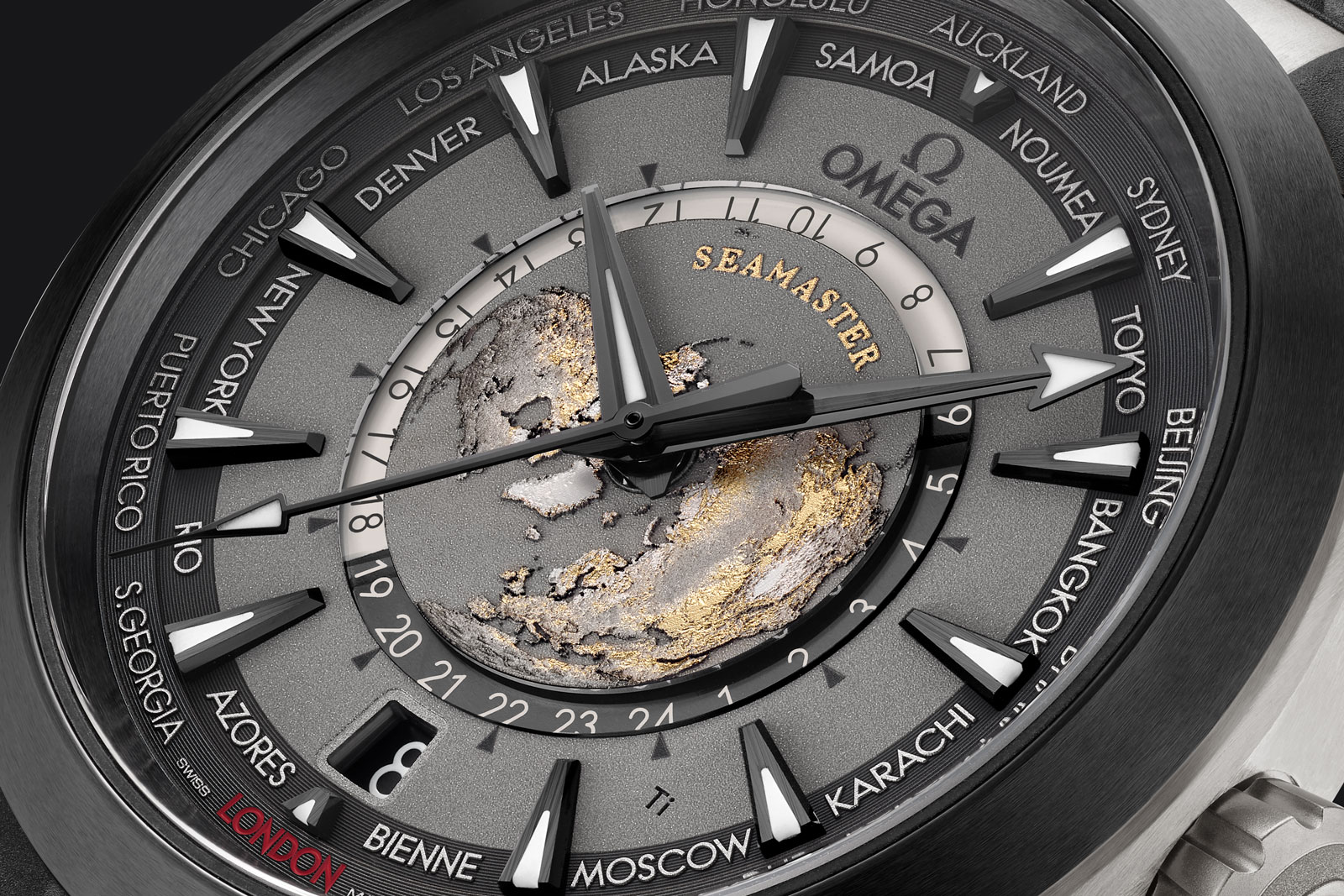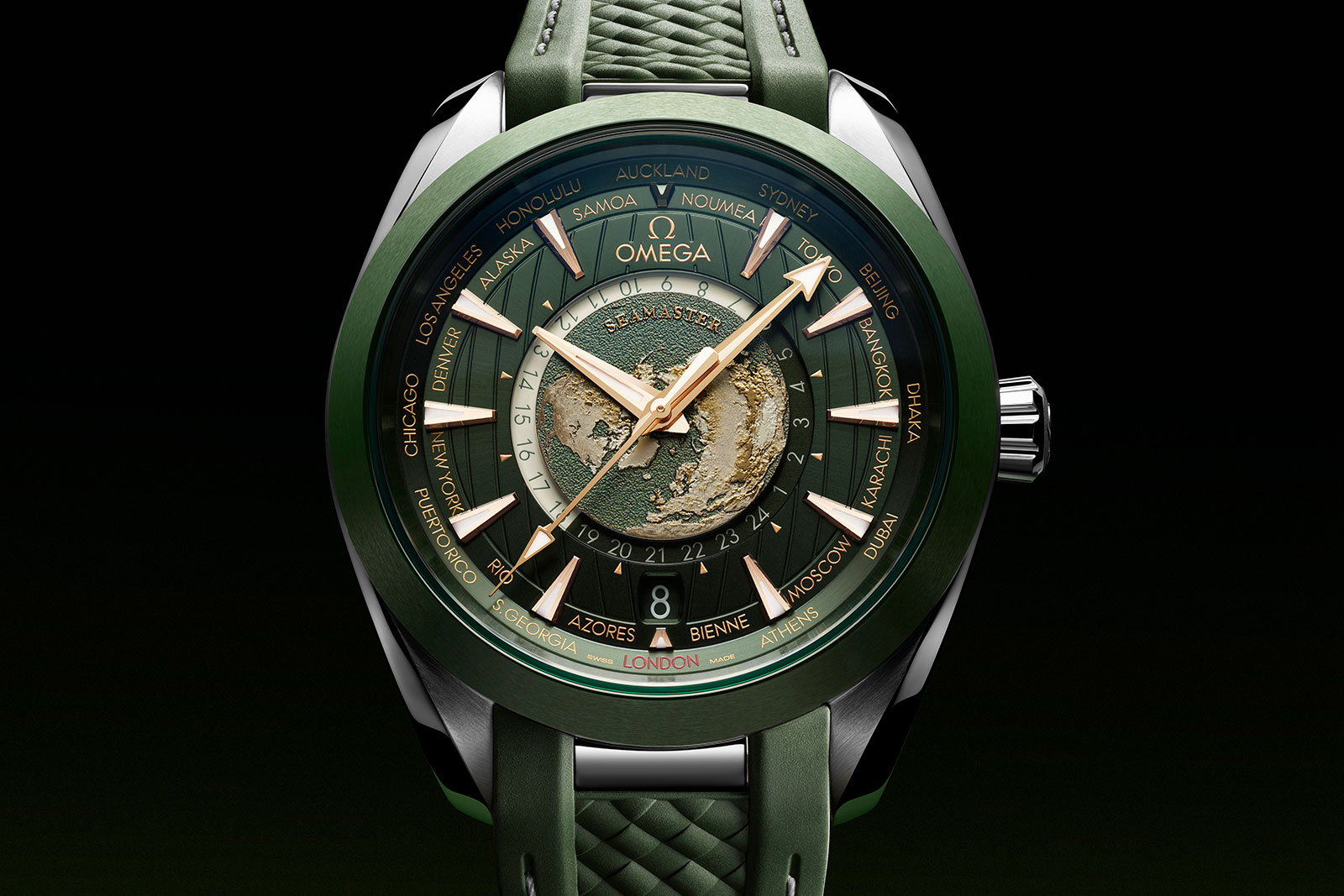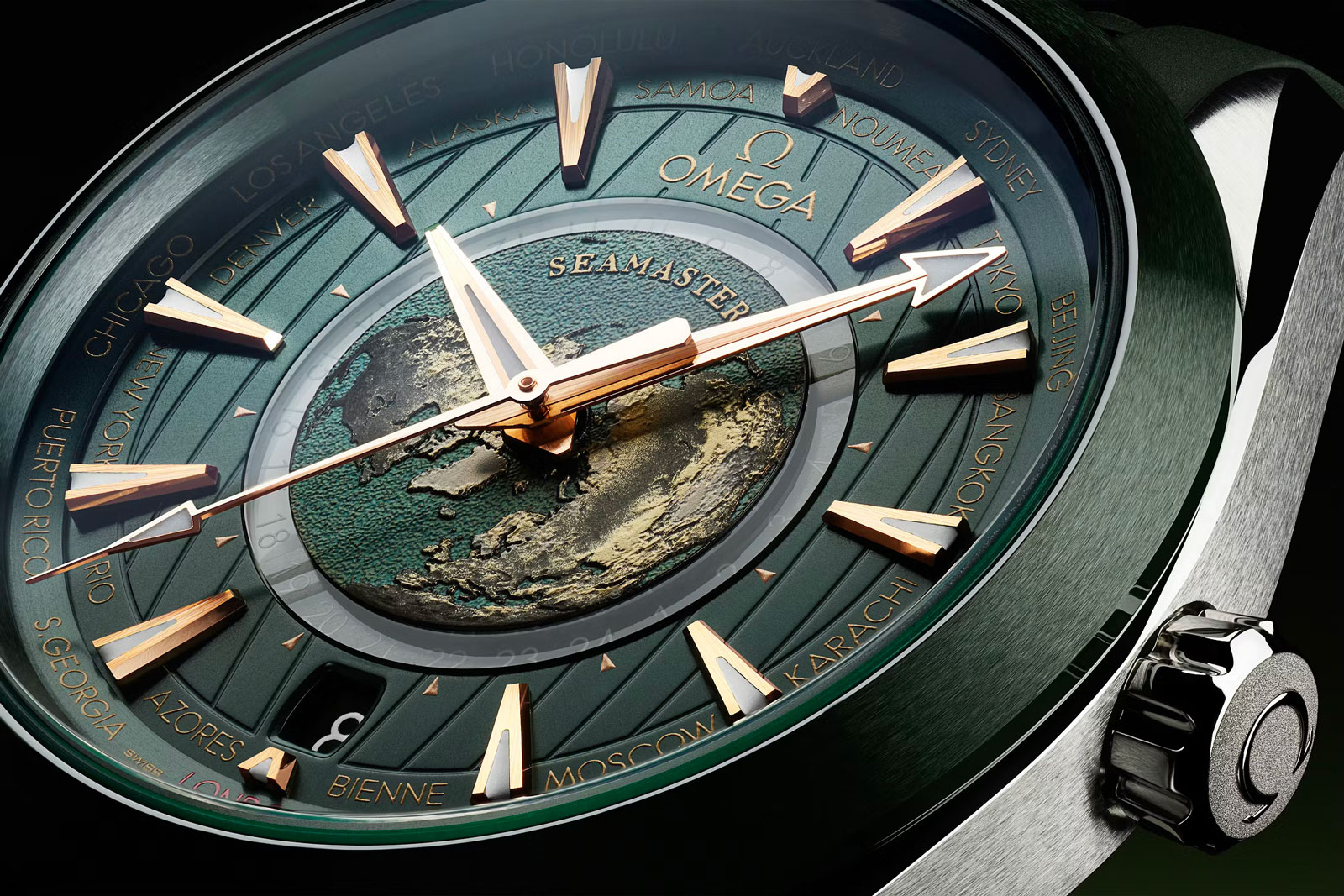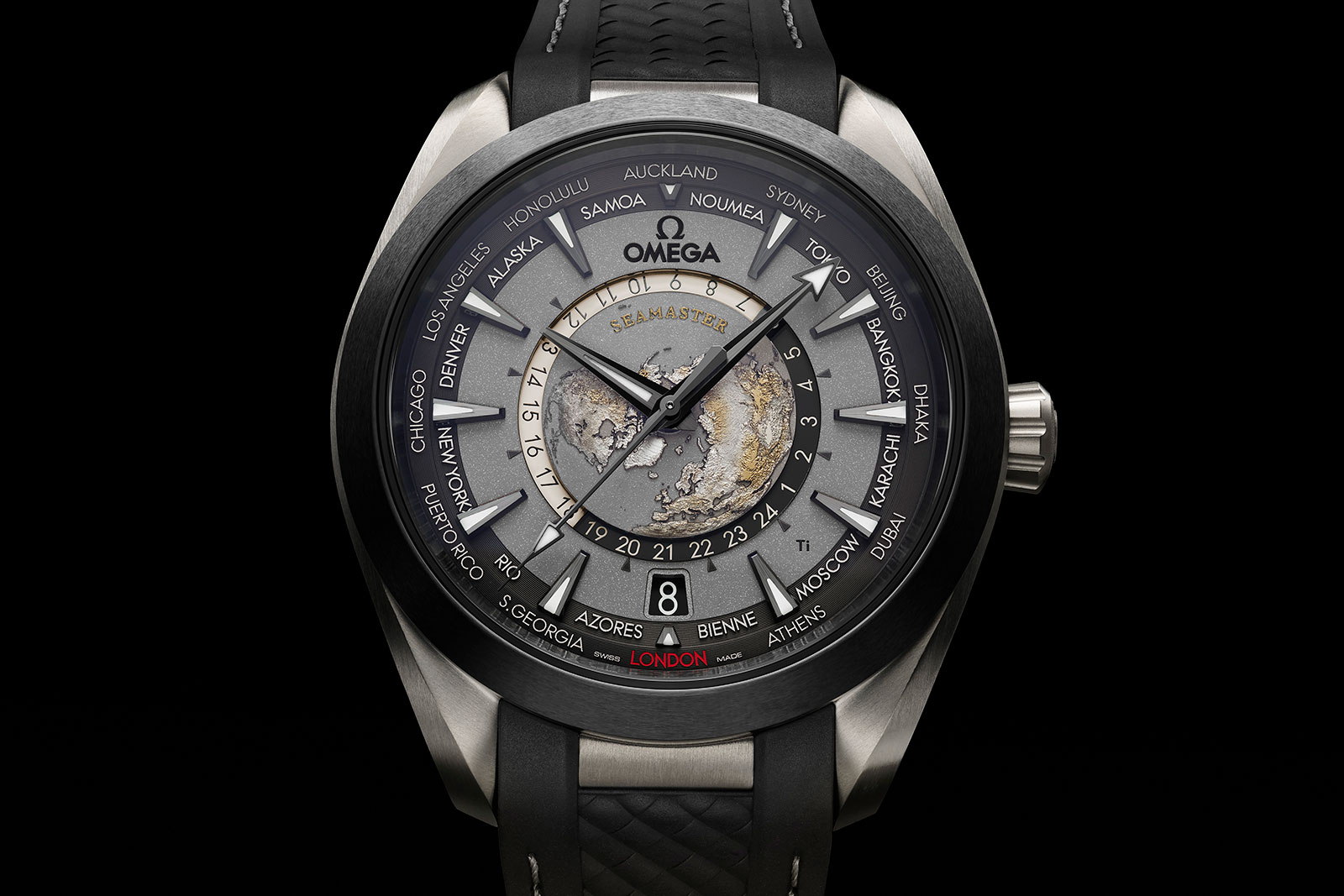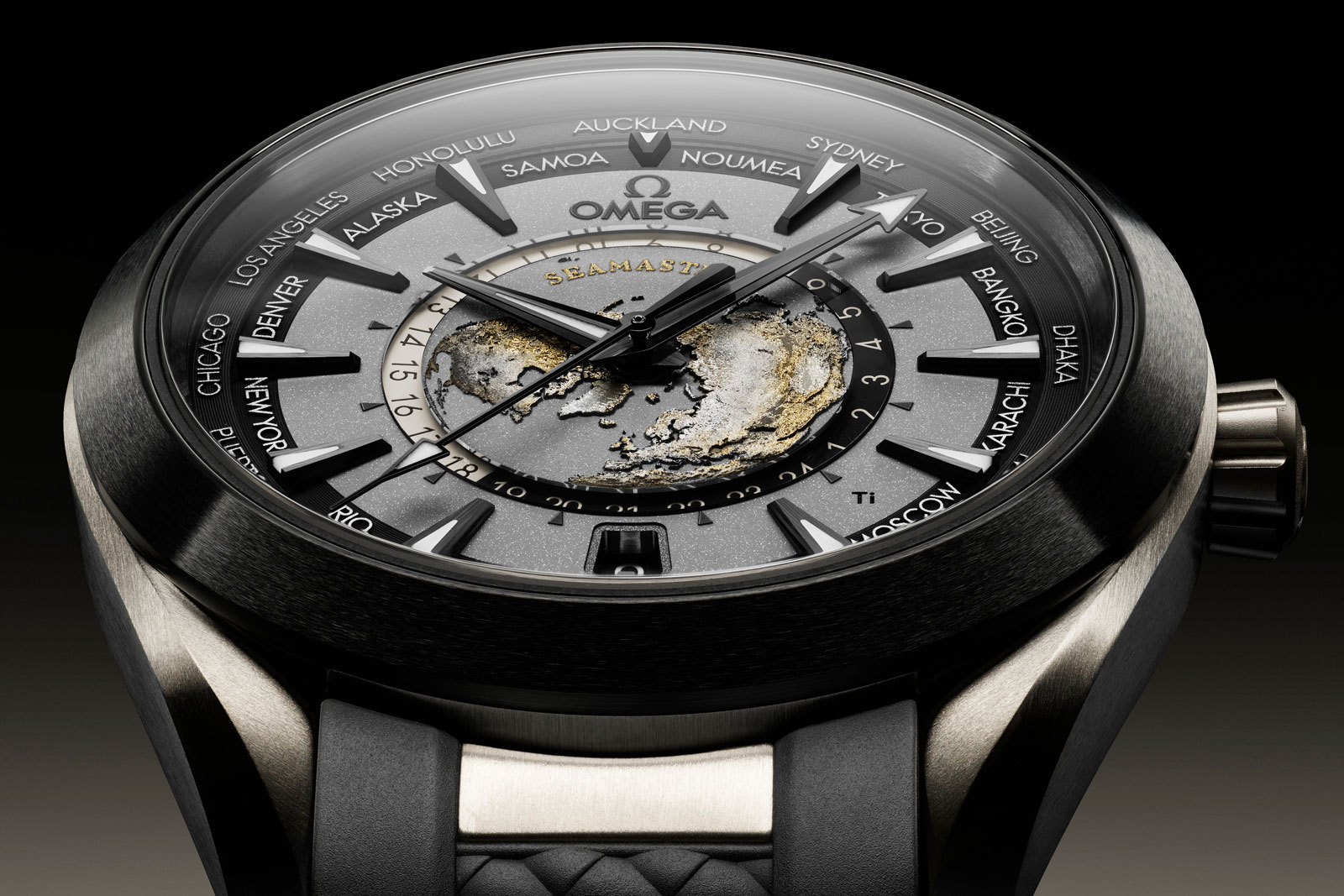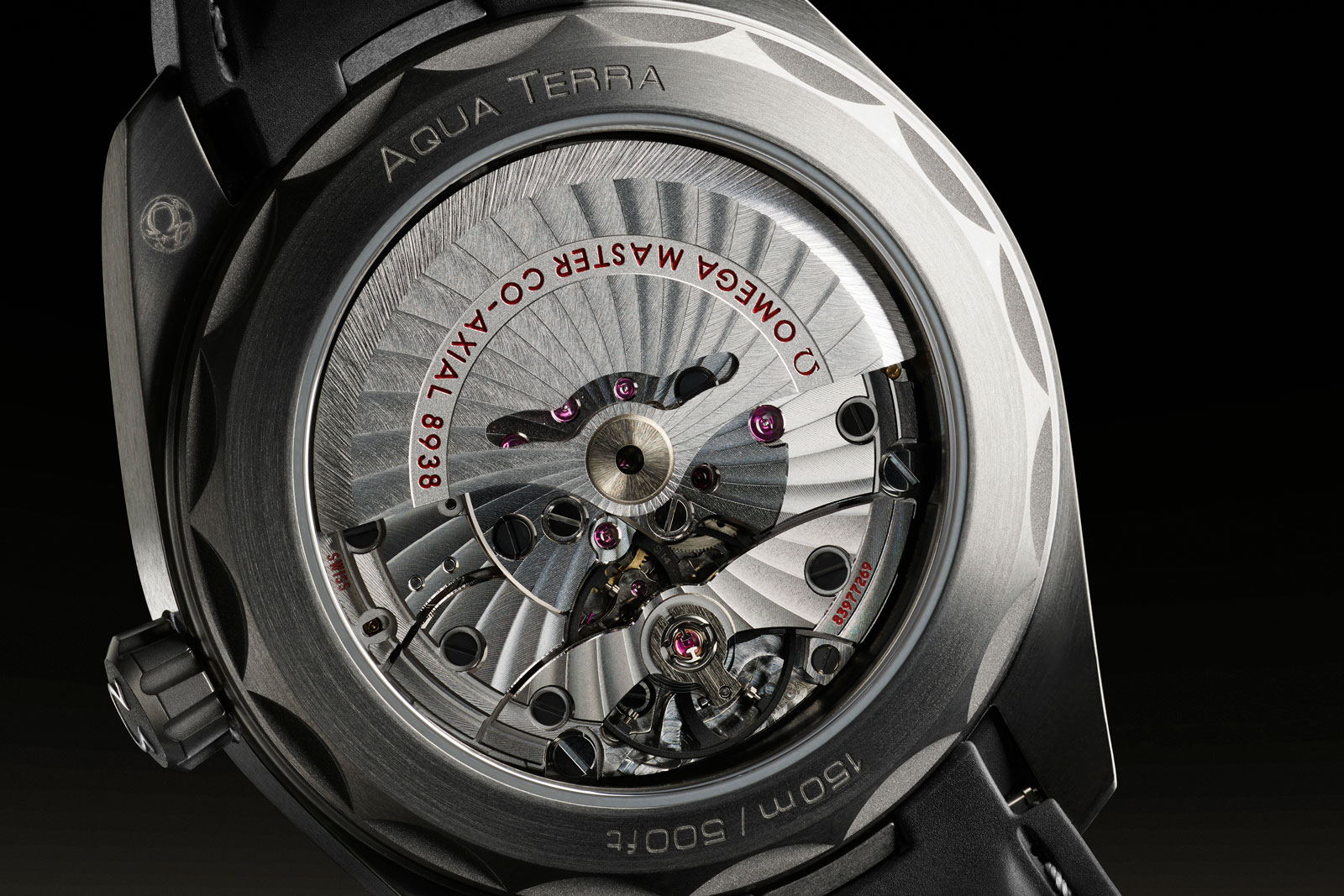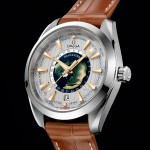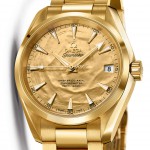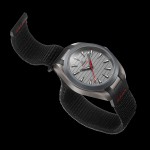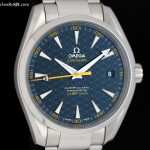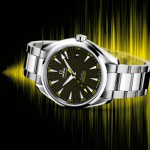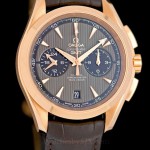Highlights: The Artisanal and Complicated at Phillips’ Hong Kong
From a Patek Philippe grande complication to an Anita Porchet dial.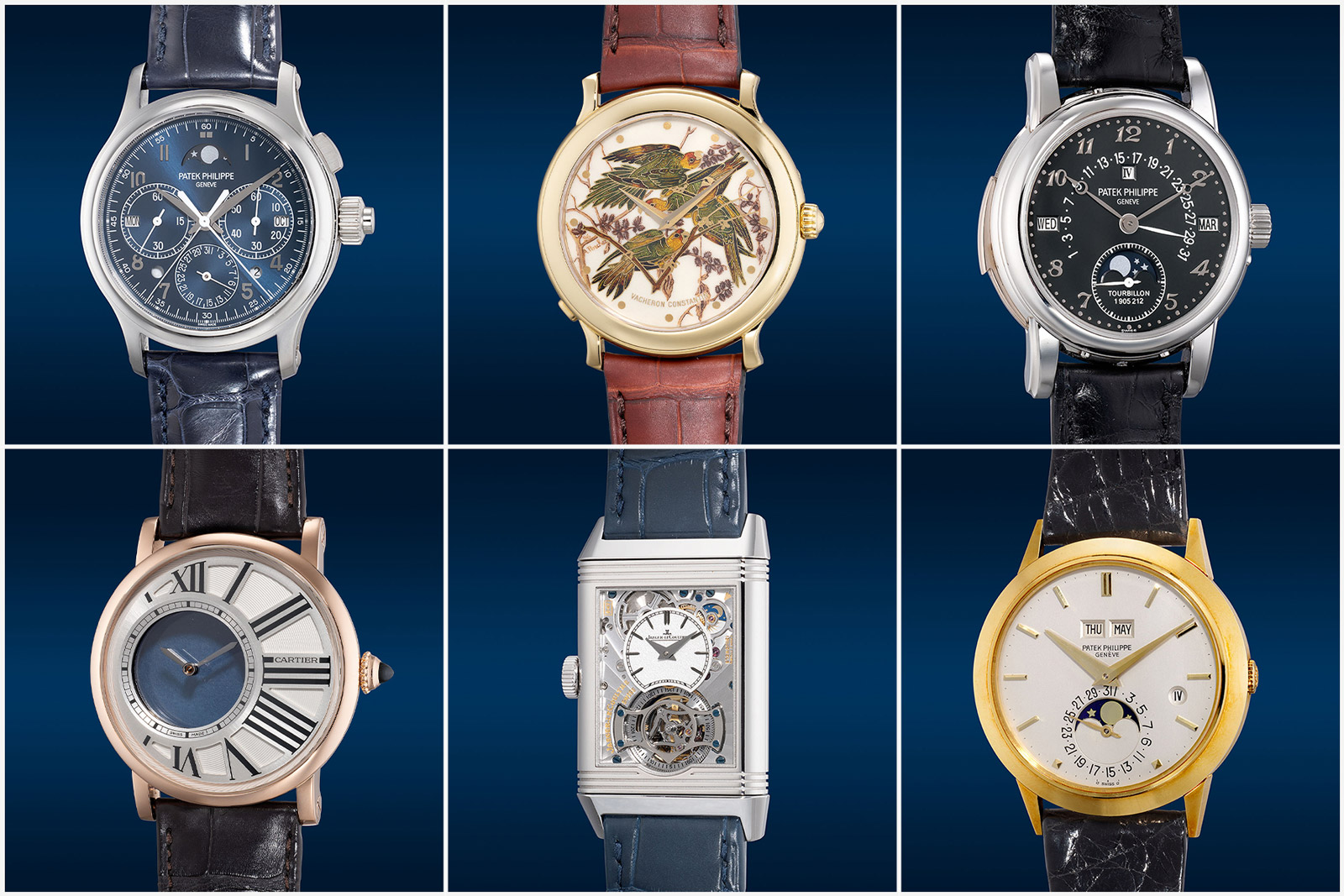
After round up the best examples of independent watchmaking on offer at Phillips’ upcoming Hong Kong Watch Auction: XVI, let’s turn to notable complications and artisanal timepieces in the sale that takes place on May 24 and 25.
Amongst the highlights are easy choices like the Patek Philippe ref. 5016P, the most complicated watch made by the Geneva watchmaker at the time of its launch. Others might go under the radar (and perhaps be good buys), like the Cartier Rotonde de Cartier Mystérieuse with its transparent time display and floating hands.
As for the artisanal, a highlight is undoubtedly the Vacheron Constantin “Audubon” featuring a cloisonné dial done by the famed Anita Porchet, arguably the best enameller in watchmaking.
Registration for bidding and the catalogue can be accessed here.
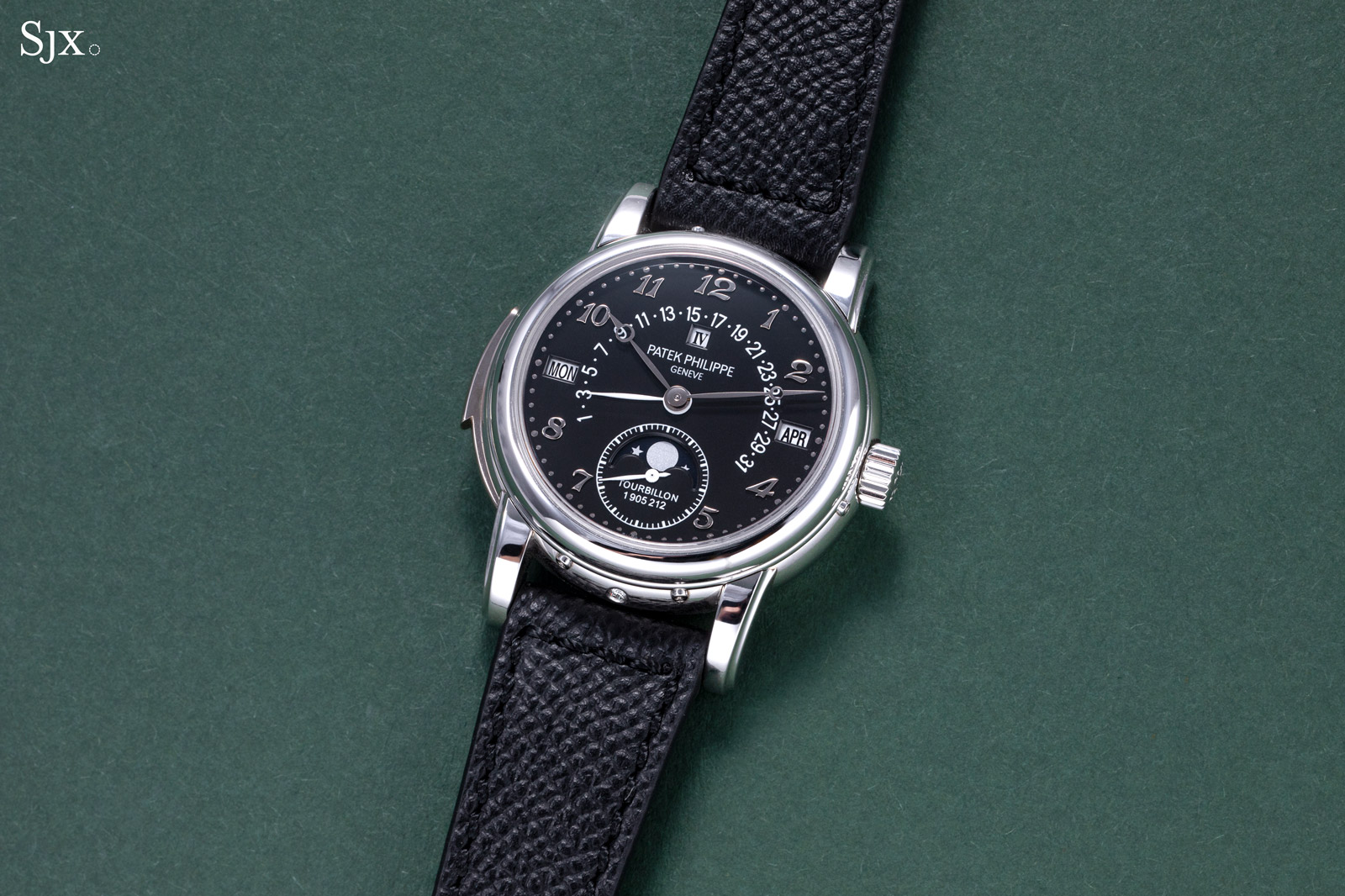
Lot 836: Vacheron Constantin “Birds of America” ref. 43060/000J-8434 by Anita Porchet
Enamelling at its highest level is an art form equal to the best of complicated watchmaking. Amongst Vacheron Constantin’s earliest but also best known enamelled watches is the series inspired by drawings from Birds of America by John-James Audubon. The 19th century American naturalist documented most of the continent’s birds in the landmark tome, the pages of which served as inspiration for the series of watches.
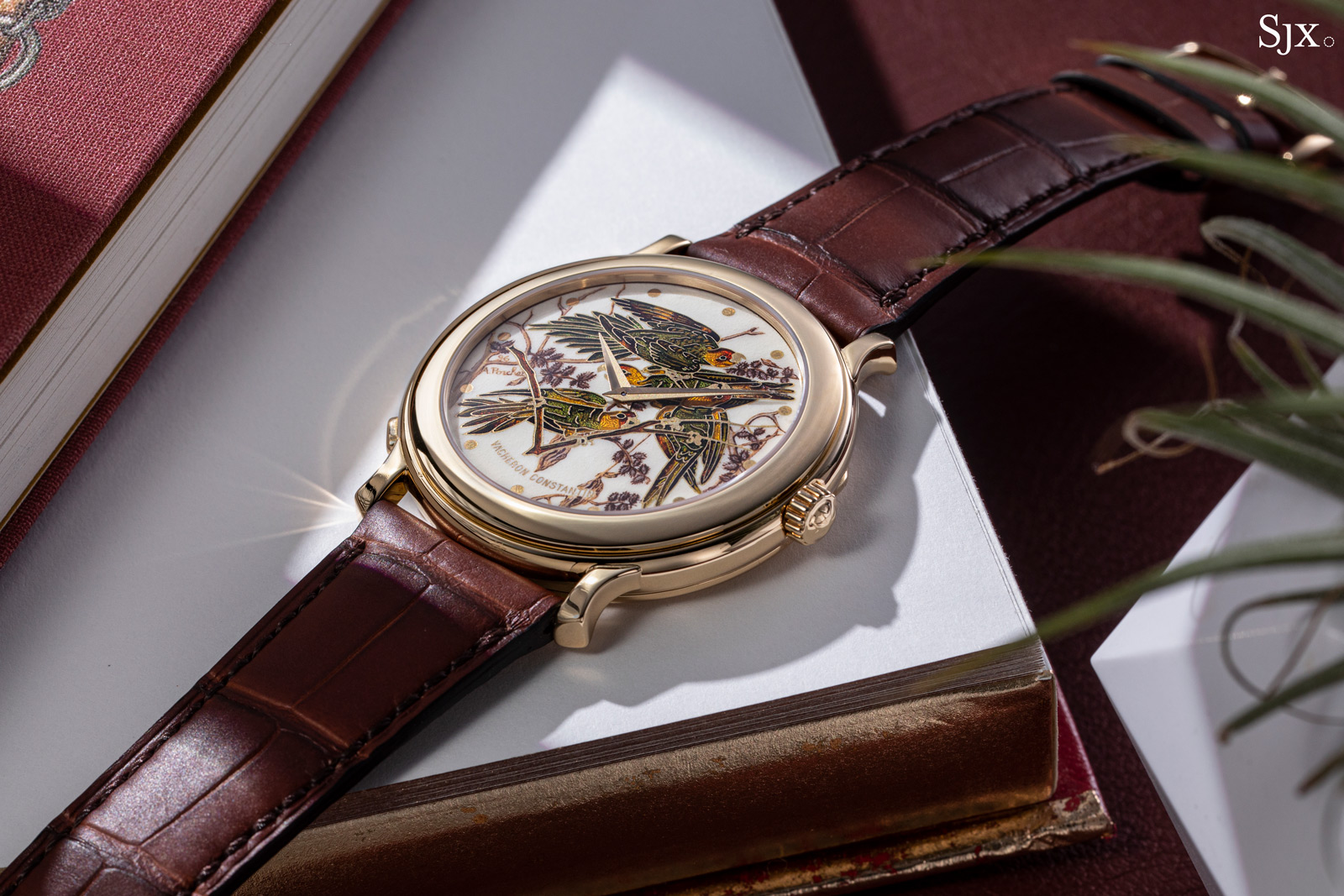
For the “Birds of America” series, Vacheron Constantin turned to the best enamelers of the day, including Muriel Sechaud and of course Anita Porchet. Going by the offerings that emerge at auction, it appears that Ms Sechaud produced most of the dials, with dials by Ms Porchet being uncommon.
Just over 100 watches were made across the entire series – which covers about 10 different bird species – meaning only a handful of each dial were produced. This example is titled Le Perruche de Caroline, or “Carolina Parrots”. Made in 1996, the year “Birds of America” was launched, this watch depicts four Carolina parakeets perched on a tree branch and demonstrates Ms Porchet’s exceptional skill in bringing a miniature painting to life.
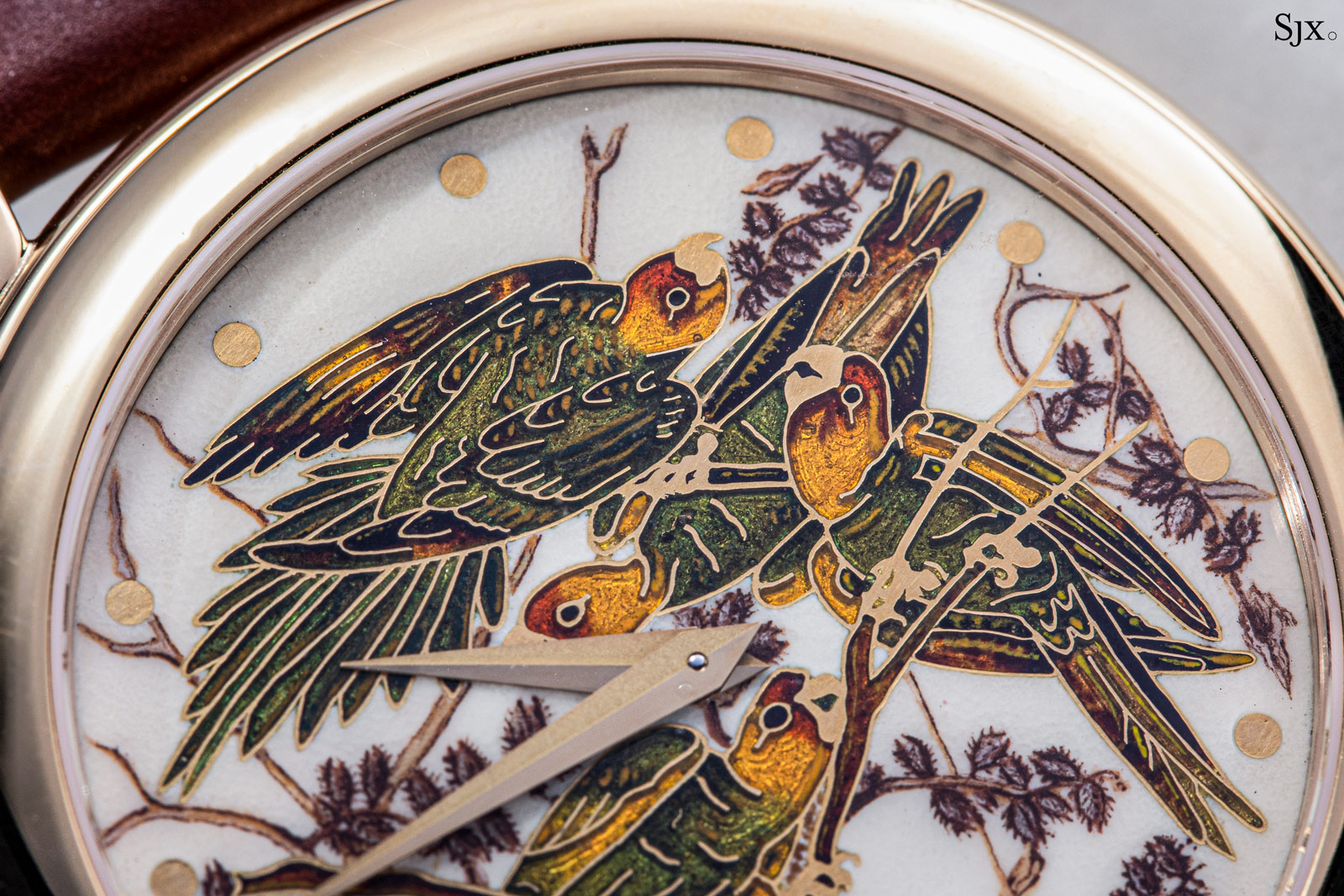
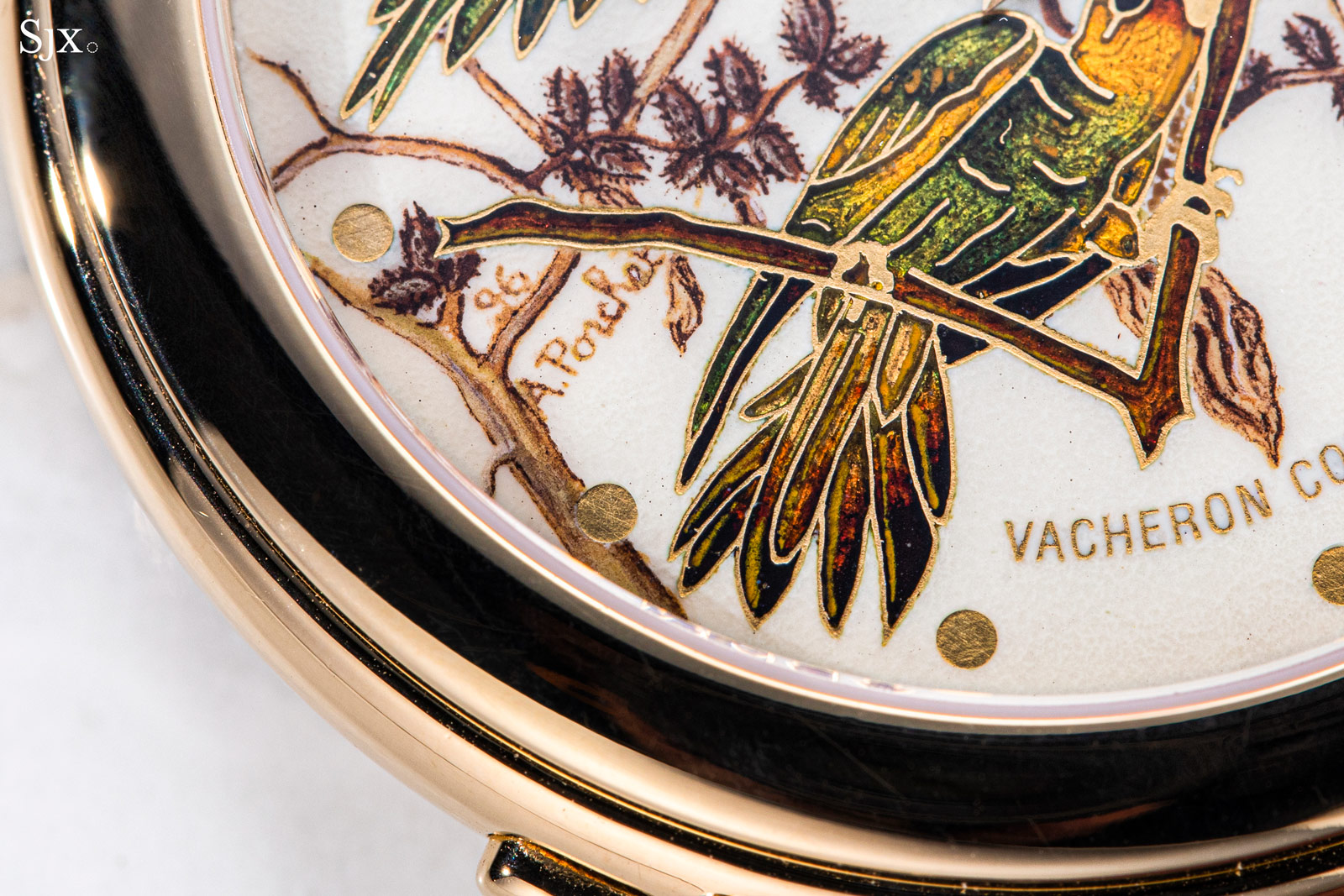
The all important “A. Porchet” signature
The watch has an 18k yellow gold case with a hinged hunter back that lifts to reveal the ultra-thin cal. 1120/2, the calibre most famous for being found in the Audemars Piguet Royal Oak “Jumbo” ref. 5402 and Patek Philippe Nautilus ref. 3700. As with other top-of-the-line Vacheron Constantin watches of the period, the movement has been dressed up with a skeletonised and intricately hand-engraved rotor.
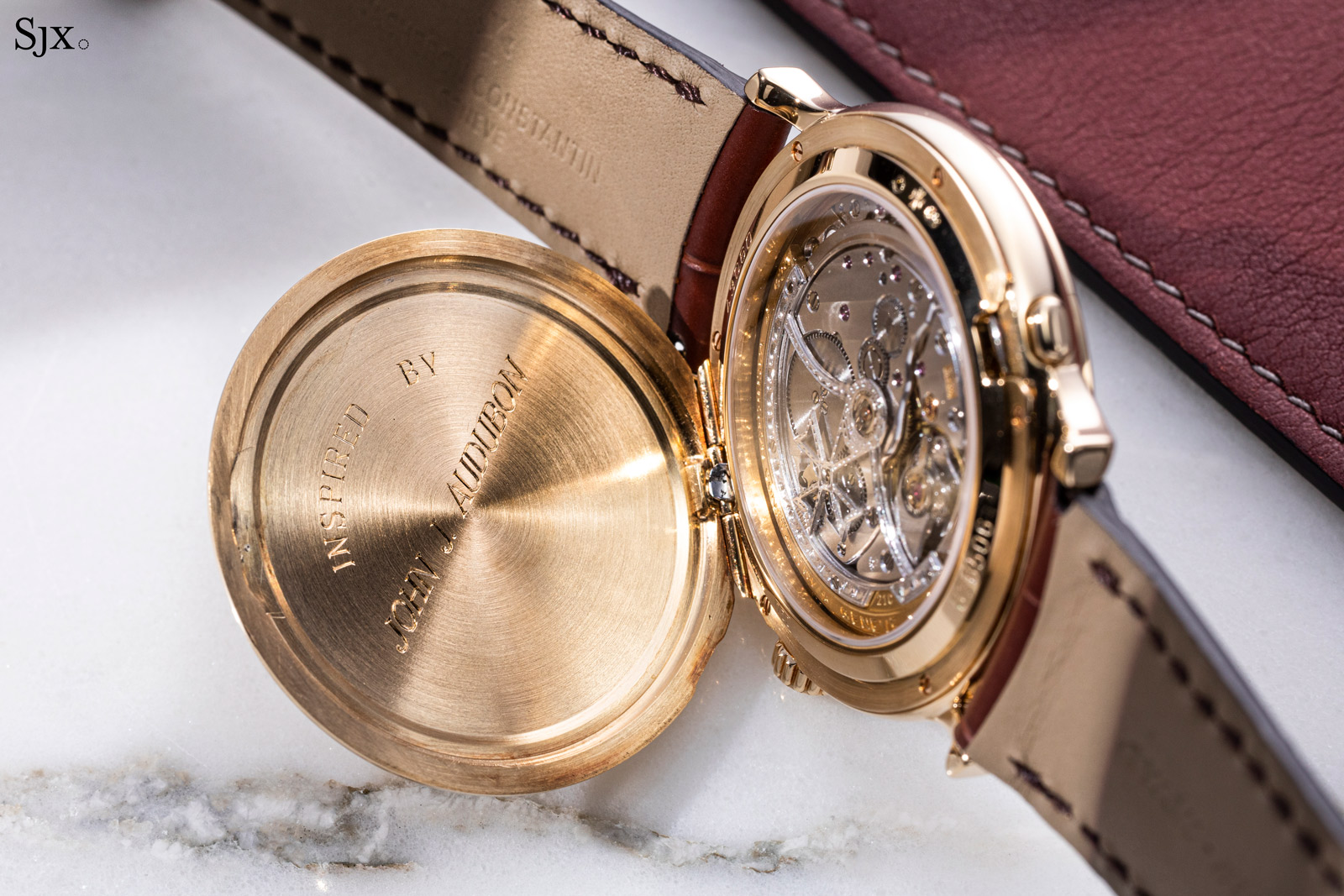
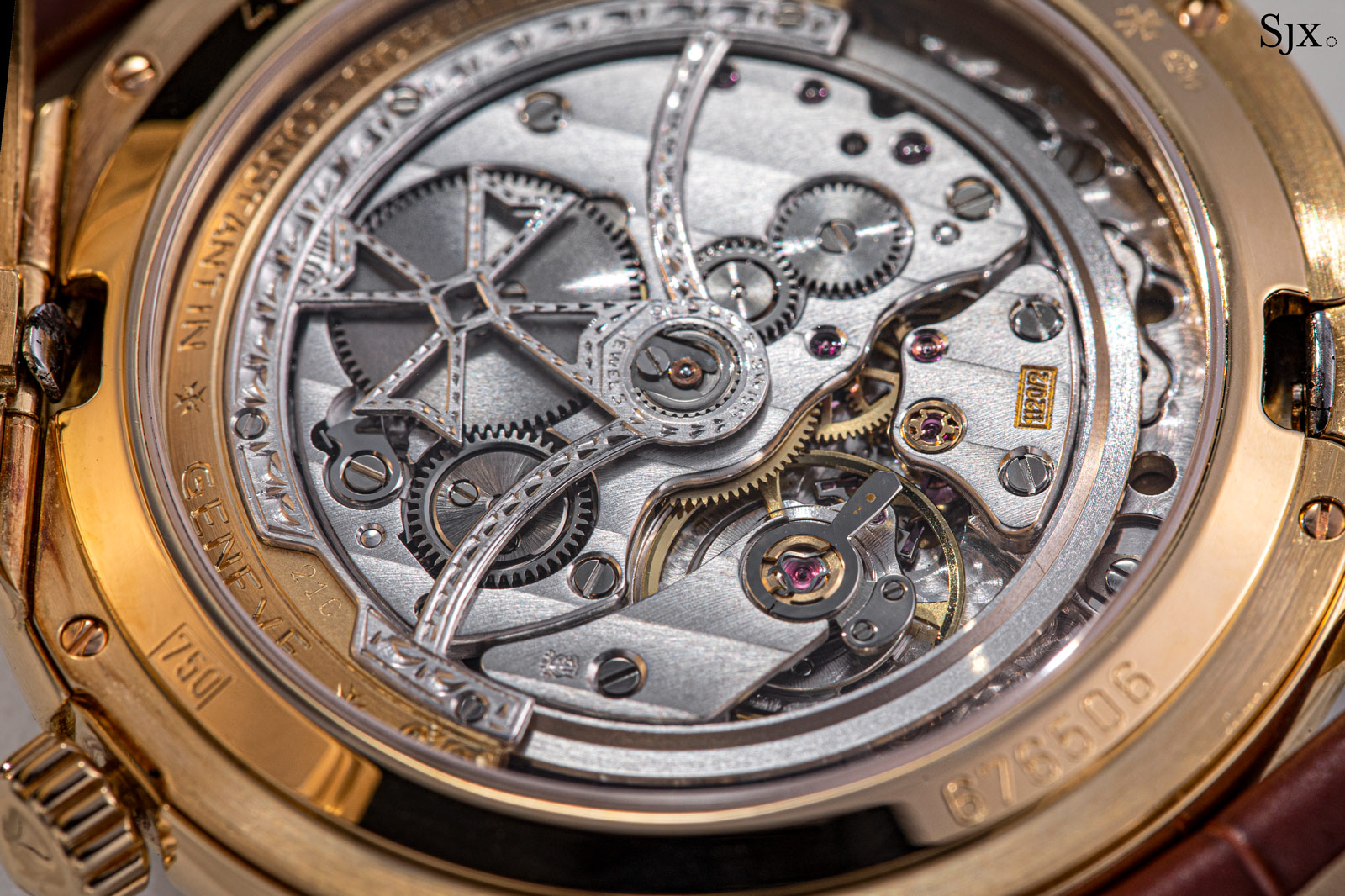
This lot is accompanied by its original box and a certificate of authenticity that confirms its production in 1996. It has an estimate of HK$240,000-400,000 or US$30,800-60,300.
For more, visit the catalogue entry.
Lot 850: Patek Philippe Calatrava Rare Handcrafts ref. 5089G-067 “Jazz”
Patek Philippe’s métiers d’art watches vary in theme and appeal. A watch that features an unusual theme and intrinsic appeal is the Calatrava Rare Handcrafts ref. 5089G “Jazz” created for the Patek Philippe Art of Watches Grand Exhibition in 2017.
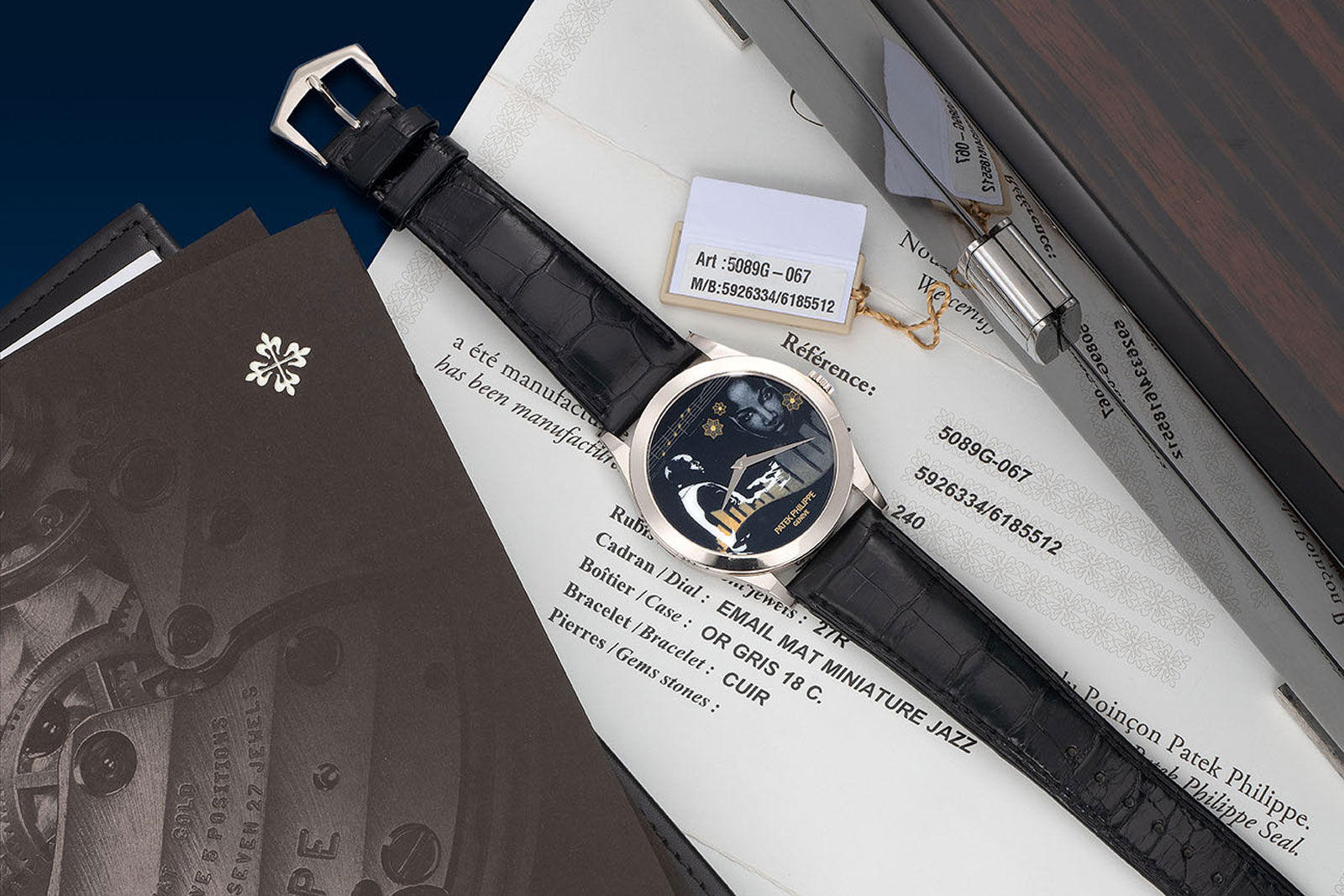
A limited edition of just ten pieces, the ref. 5089G “Jazz” boasts an exquisite dial executed in grisaille and cloisonné enamel that’s inspired by the Blue Note Jazz Club, the famous New York musical establishment that now has outposts around the world.
A tribute to the uniquely American form of music, the dial depicts a pianist and singer against the undulating New York skyline, with the open bars of Sidney Bechet’s “Petite Fleur” is inscribed across the top of the dial.
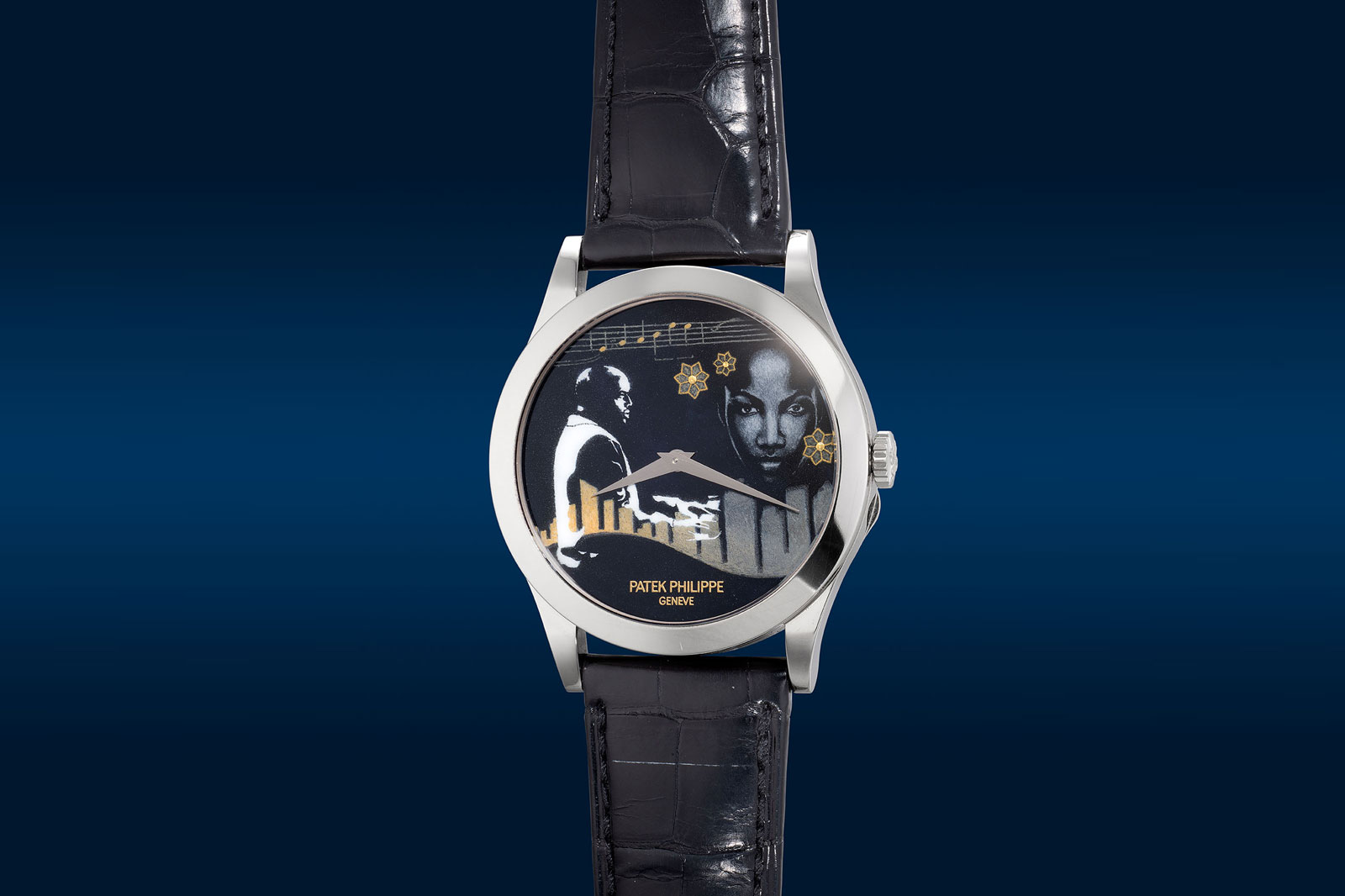
“Jazz” has a standard Calatrava case that’s 38.5 mm and 18k white gold case, while the movement is the cal. 240 automatic visible beneath a hinged back.
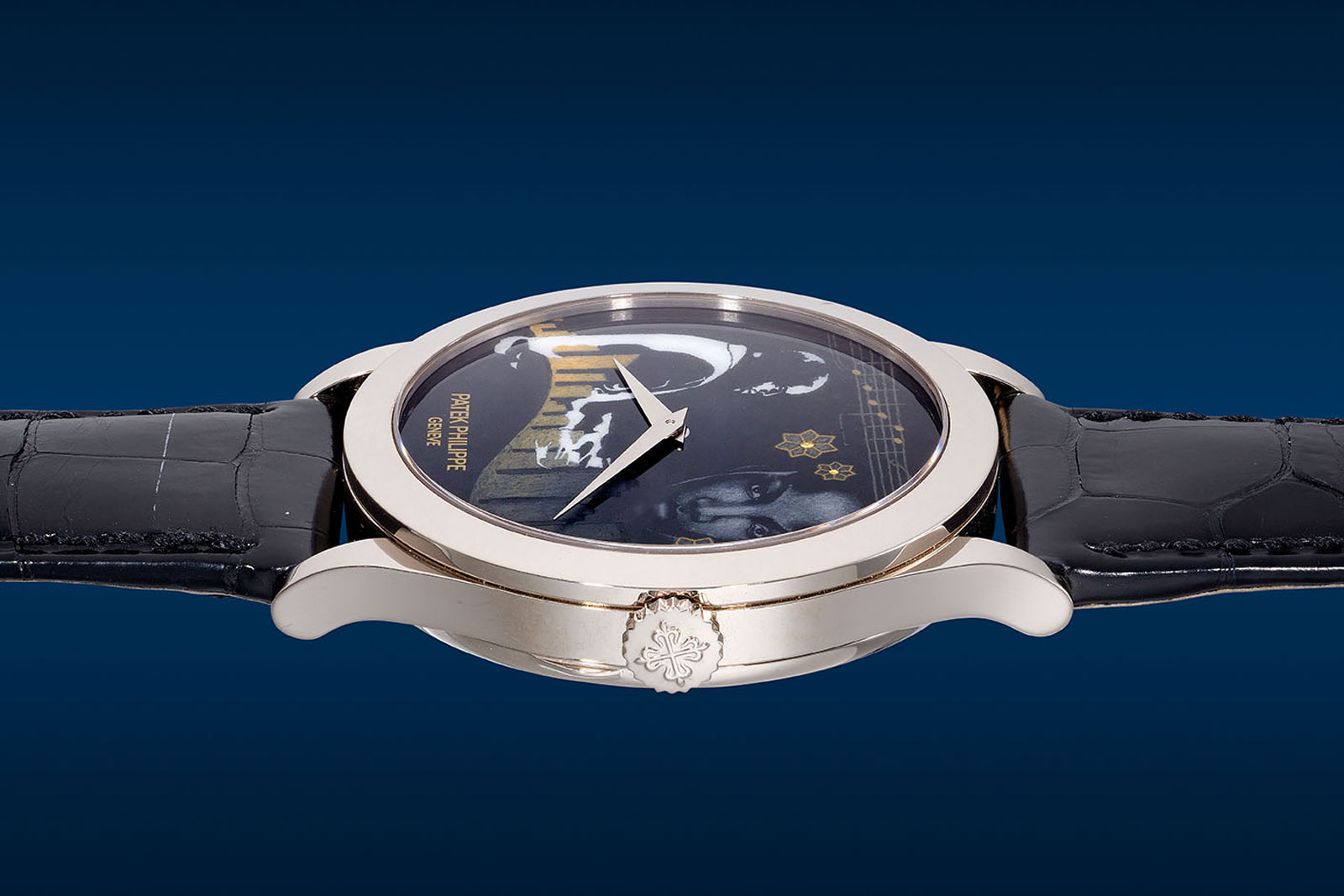
This watch includes its presentation box, certificate, and accessories. It has an estimate of HK$500,000-780,000 or US$64,100-100,000. For more, visit the catalogue entry.
Lot 882: Patek Philippe ref. 3450
Patek Philippe is a star in the realm of perpetual calendars. Widely considered one of its best creations in the category is the ref. 3450 “Padellone”, the brand’s first perpetual calendar with a leap year indicator.
Nicknamed “Padellone” due to its angular, largish case, (the term is Italian for “big pan”), the ref. 3450 was evolved from the ref. 3448, which was identical but lacked a leap year display. Both models were distinguished by their concise calendar display and distinctive case, which serves as inspiration for today’s ref. 5236P linear calendar.
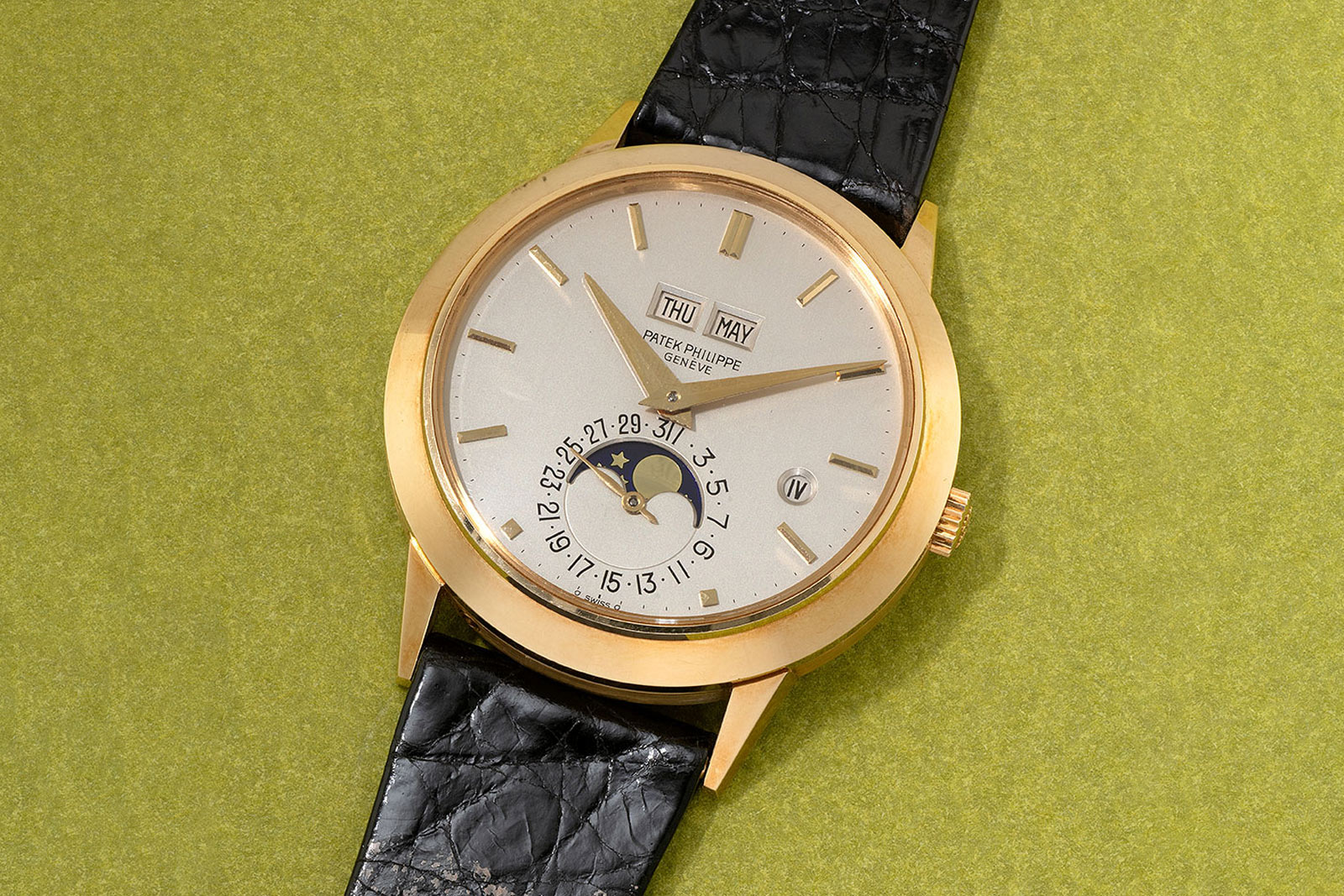
The ref. 3450 had one of the shortest production runs of Patek Philippe perpetual calendar references. It was in the catalogue for only four years, during which an estimated 248 pieces were made in yellow gold.
The watch is one of the last to leave the factory, with the archive extract noting it was made in 1985, the final year of production. One detail that gives away its late production are the Roman numerals on the leap year indicator, which were found only on the second generation of the ref. 3450.
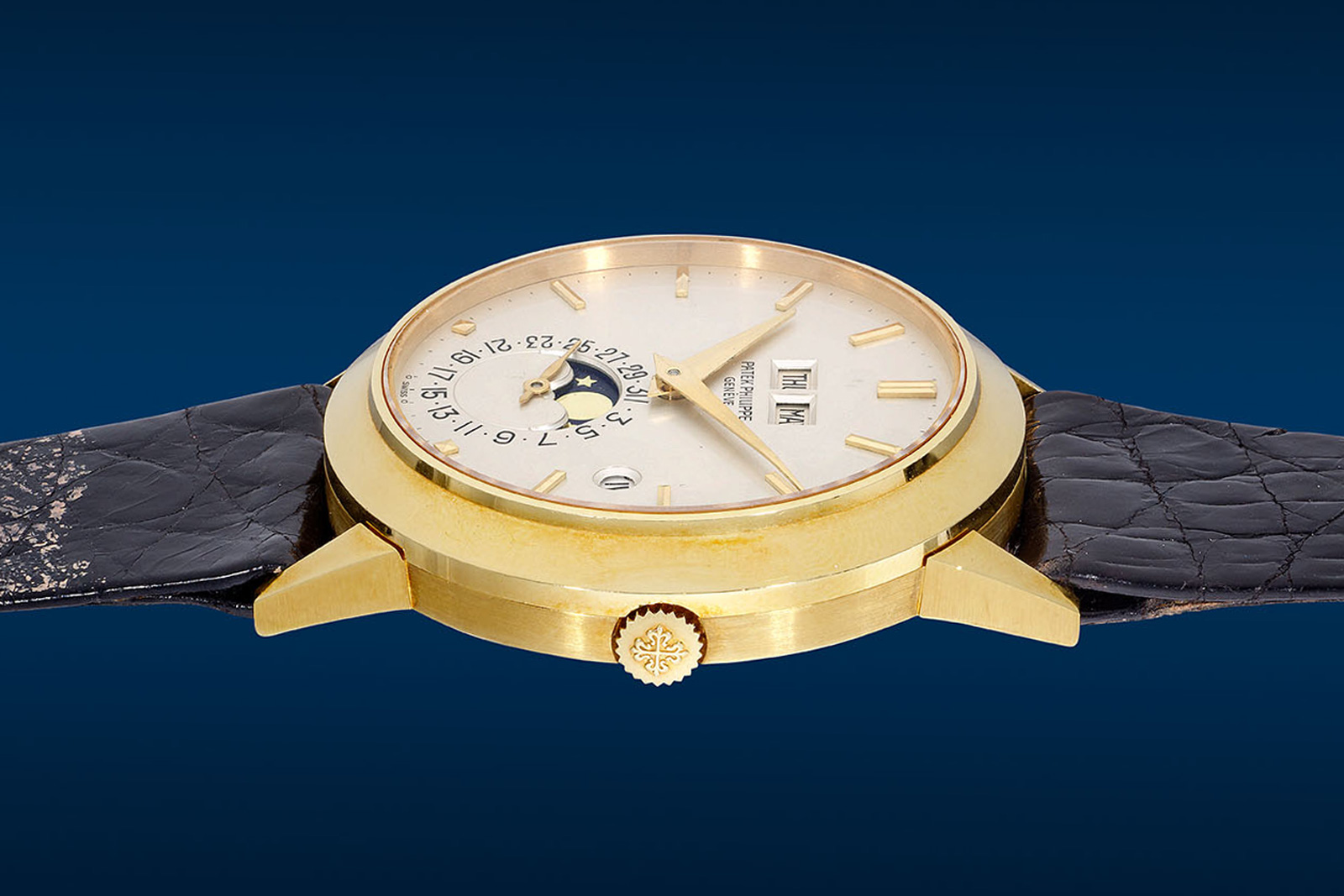
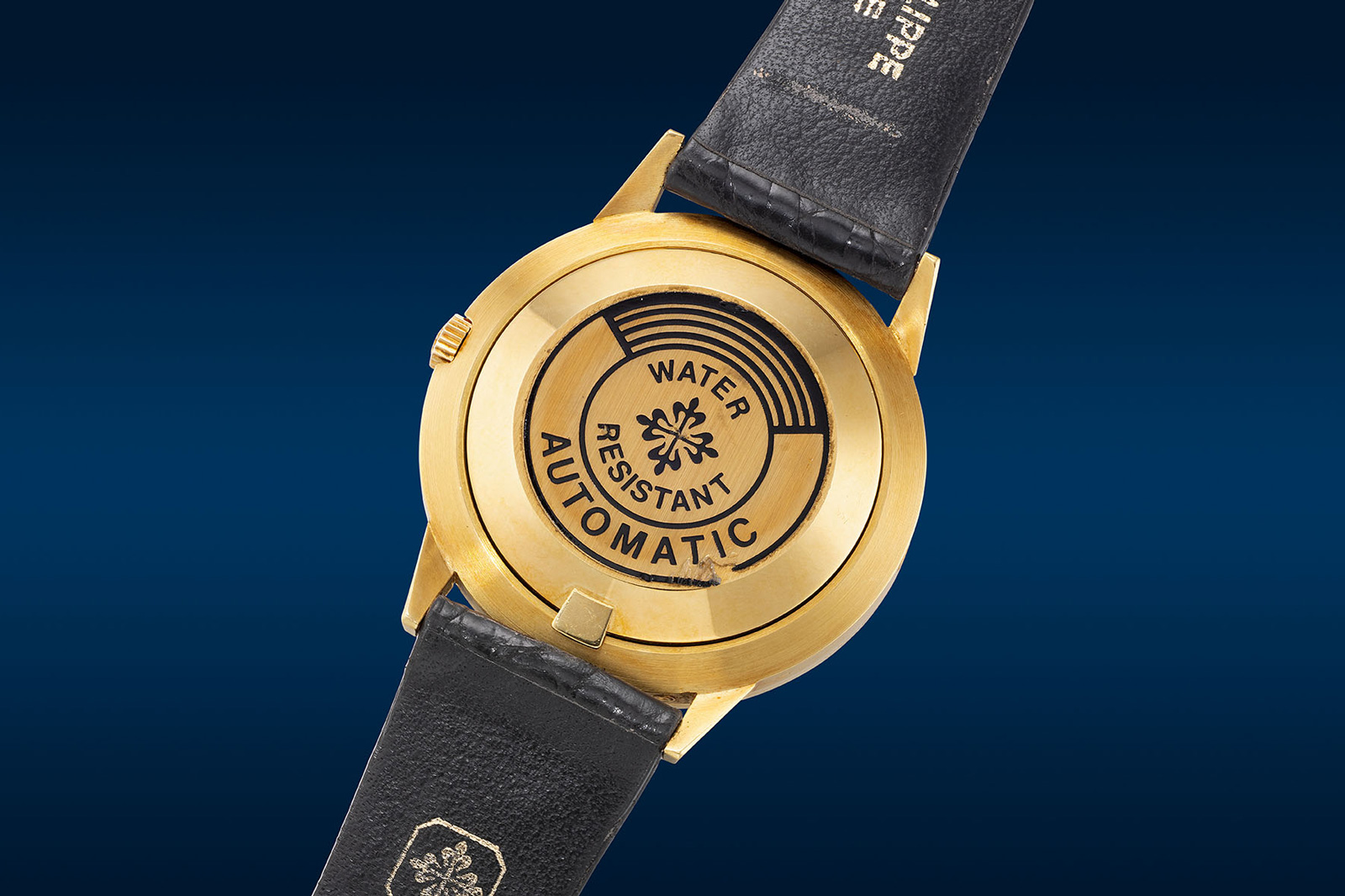
Although rare in itself, this ref. 3450 stands out for its crisp case that retains its sharp edges, a key element of the case style. Not only is the watch is sterling condition, it is accompanied by its original box, hang tag, and certificate that notes it was sold in Zagreb.
A testament to its desirability and condition is the fact that the last time it was sold publicly – at Christie’s Geneva in May 2017 – it sold for CHF319,500.
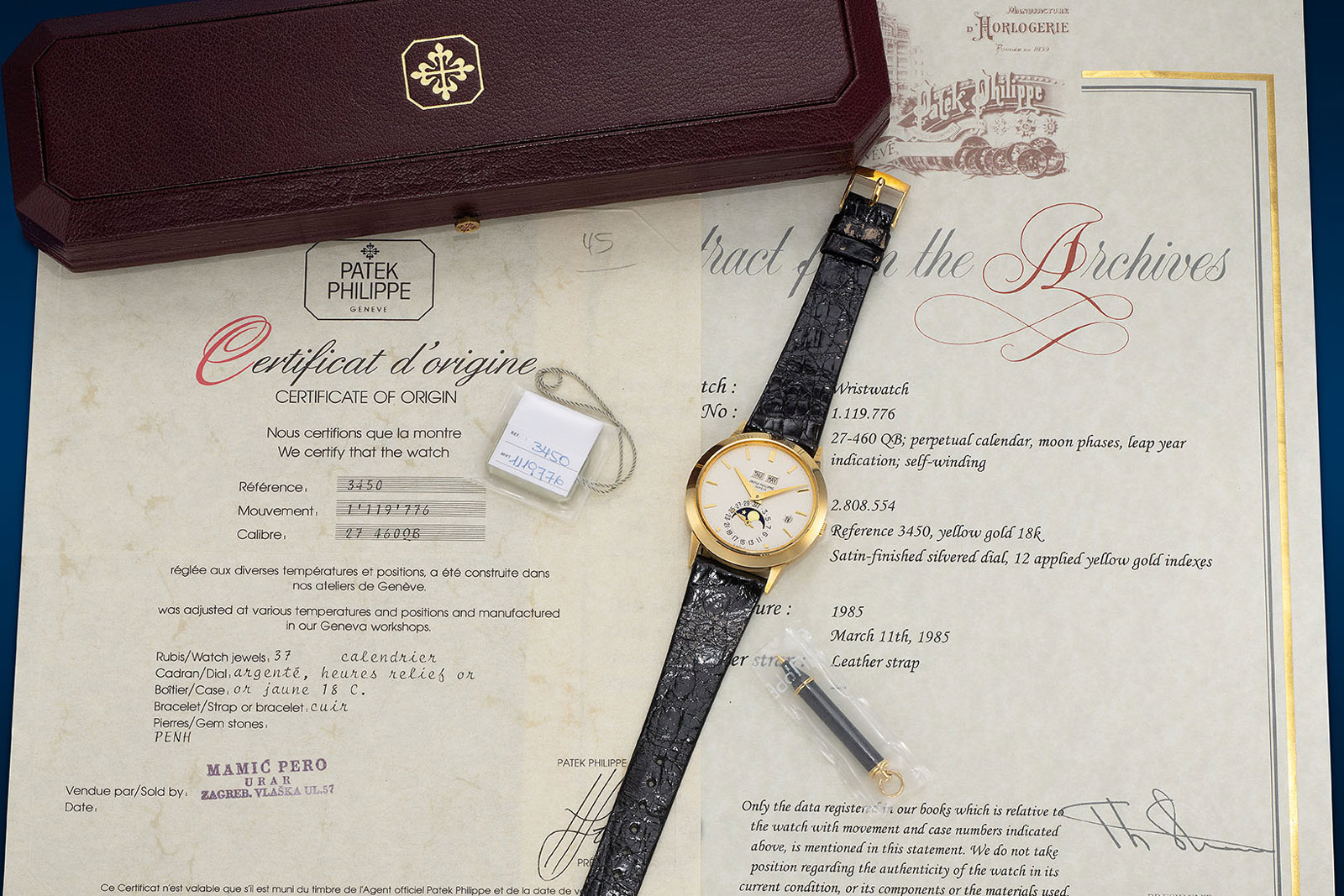
The ref. 3450 has an estimate of HK$1.60-3.15 million or US$205,000-404,000. Find out more in the catalogue.
Lot 885: Jaeger-LeCoultre Reverso Tribute Duoface Tourbillon
Jaeger-LeCoultre is most famous for the Reverso. It recently revived one of its better-known Reverso complications – unsurprising given the two-sided case is perfect for additional displays, although the limitations of a rectangular case call for ingenuity and skill in movement construction.
One of the most complicated Reversos of recent years is the Reverso Tribute Duoface Tourbillon that was launched in 2018 to commemorate its 180th anniversary.
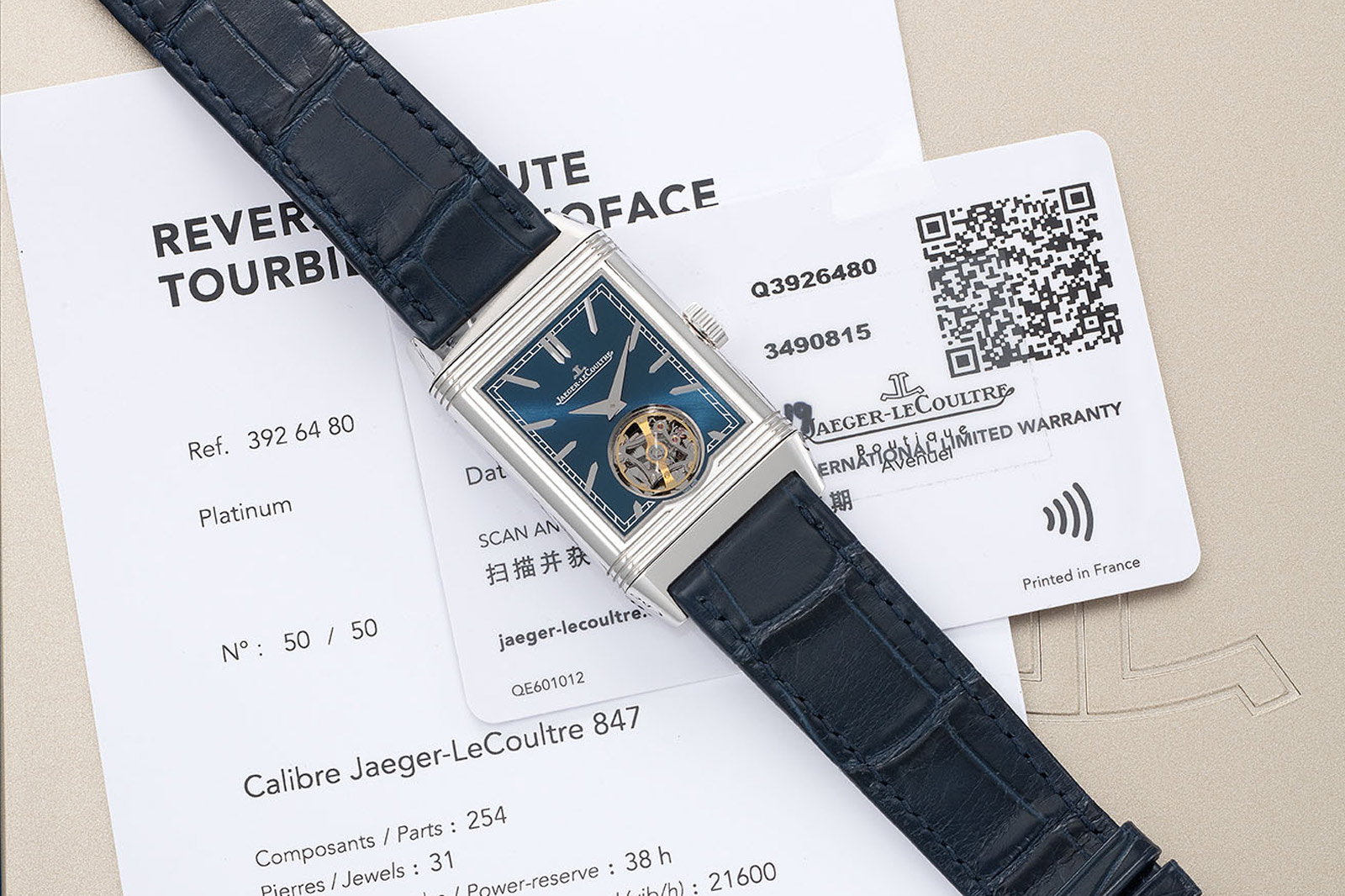
As explained in our detailed review, the watch adopts the brand’s “Duoface” concept resulting in the watch showing times on both faces, resulting in a watch with two distinct looks.
One side features a metallic blue dial with a radially brushed finish and baton markers, along with the flying tourbillon at six o’clock.
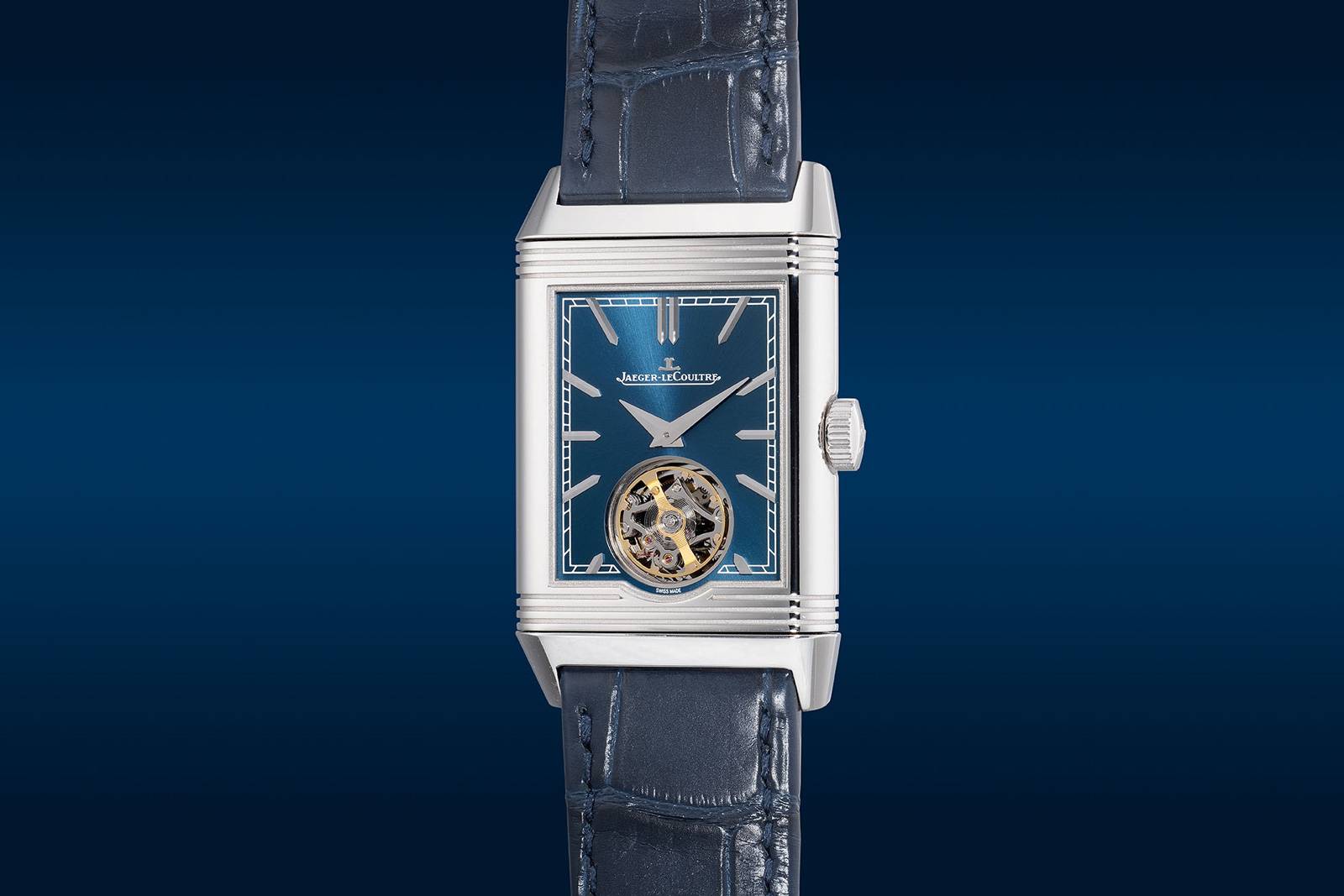
The back reveals a second time display along with an open-worked barrel cover that forms the JLC logo. And the second time zone works in tandem with the day and night indicator in upper-right corner of the dial. At six o’clock sits the lower bridge of the tourbillon.
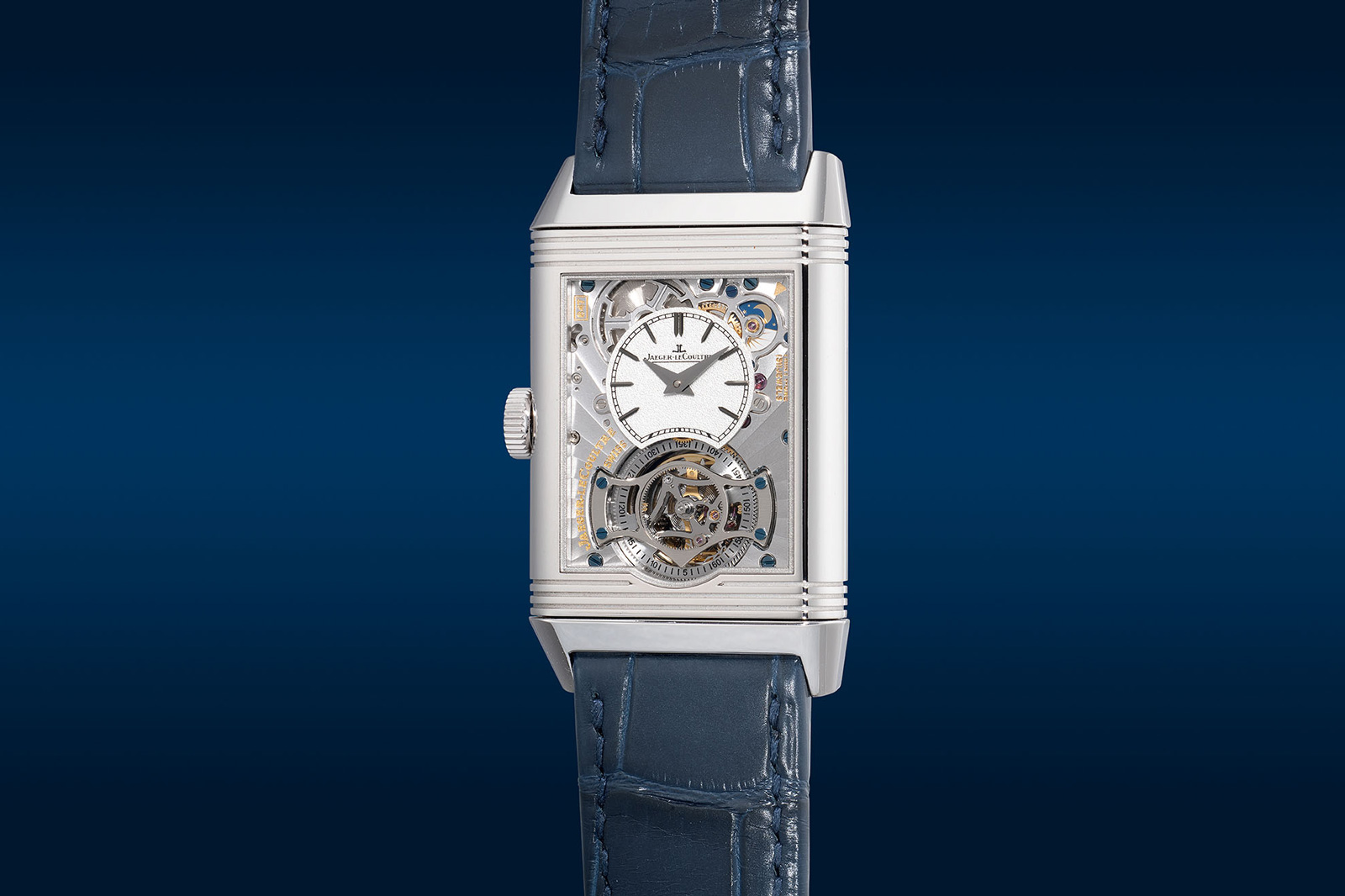
The case of the Tribute Duoface Tourbillon is platinum and a large 45.6 mm by 27.4 mm. It is powered by the manual-wind cal. 847, a form movement that fits the case exactly, like most Reverso movements.
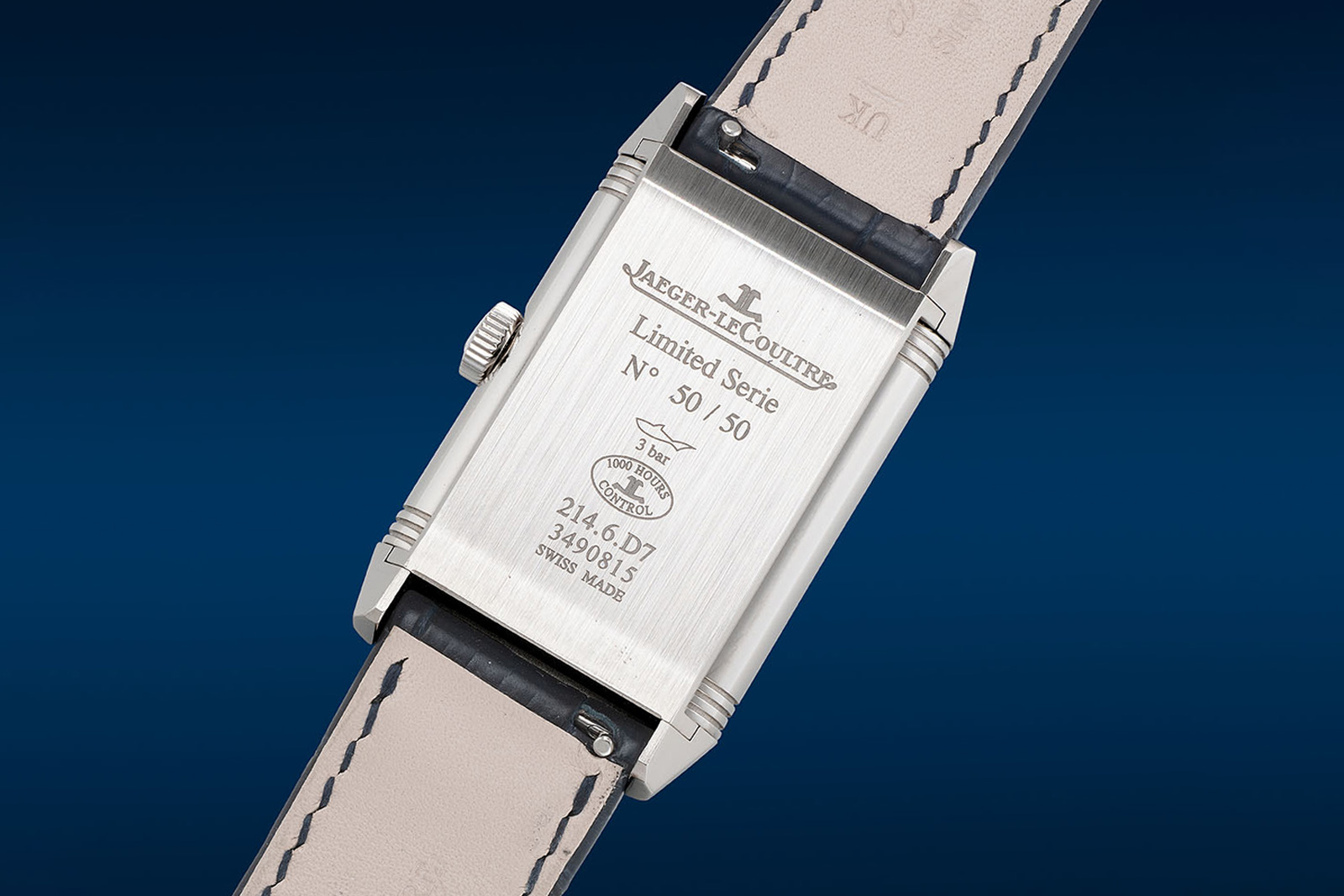
Numbered “50/50”, the present example is in excellent condition and complete with its accessories. The estimate is at HK$400,000 – 800,000 or US$51,300-103,000. You can find out more in the catalogue.
Lot 925: Patek Philippe ref. 5016P-018
Introduced in 1994, the ref. 5016 was the complex timepiece made by Patek Philippe at the time. Despite having been long surpassed by more complicated models, the ref. 5016 enjoys enduring appeal for combining old-school looks, an elegant case, and a very complicated movement. This particular example is the platinum variant that features a black dial, giving it a handsome, formal appearance.
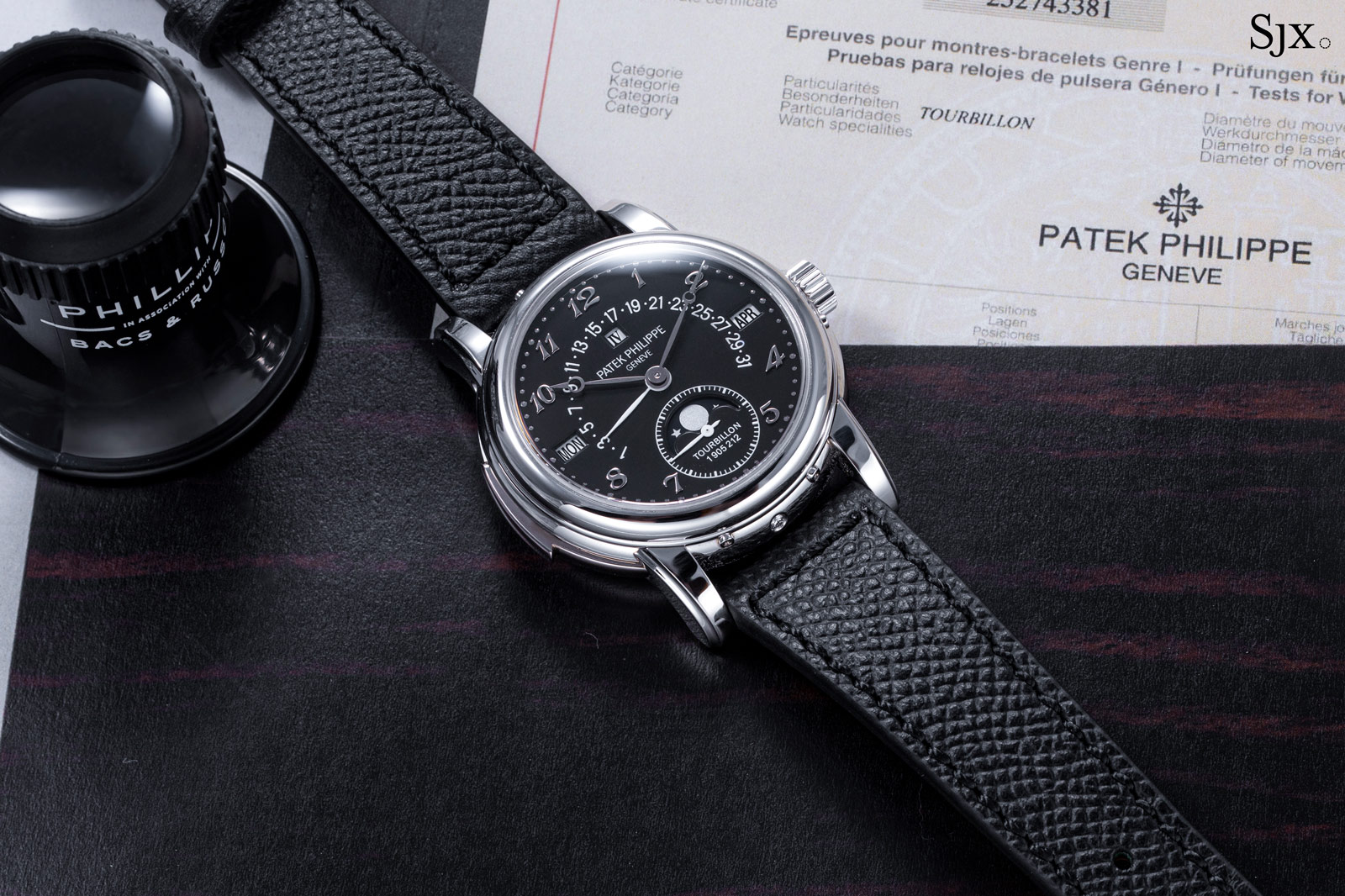
A wearable 36 mm in diameter, the ref. 5016 boasts a classically beautiful dial featuring a calendar with retrograde date along with applied Breguet numerals and Breguet hands.
It is also an earlier example, since the movement bears the Poincon de Geneva, the seal of quality that Patek Philippe long relied on until it was replaced by the brand’s own Patek Philippe Seal.
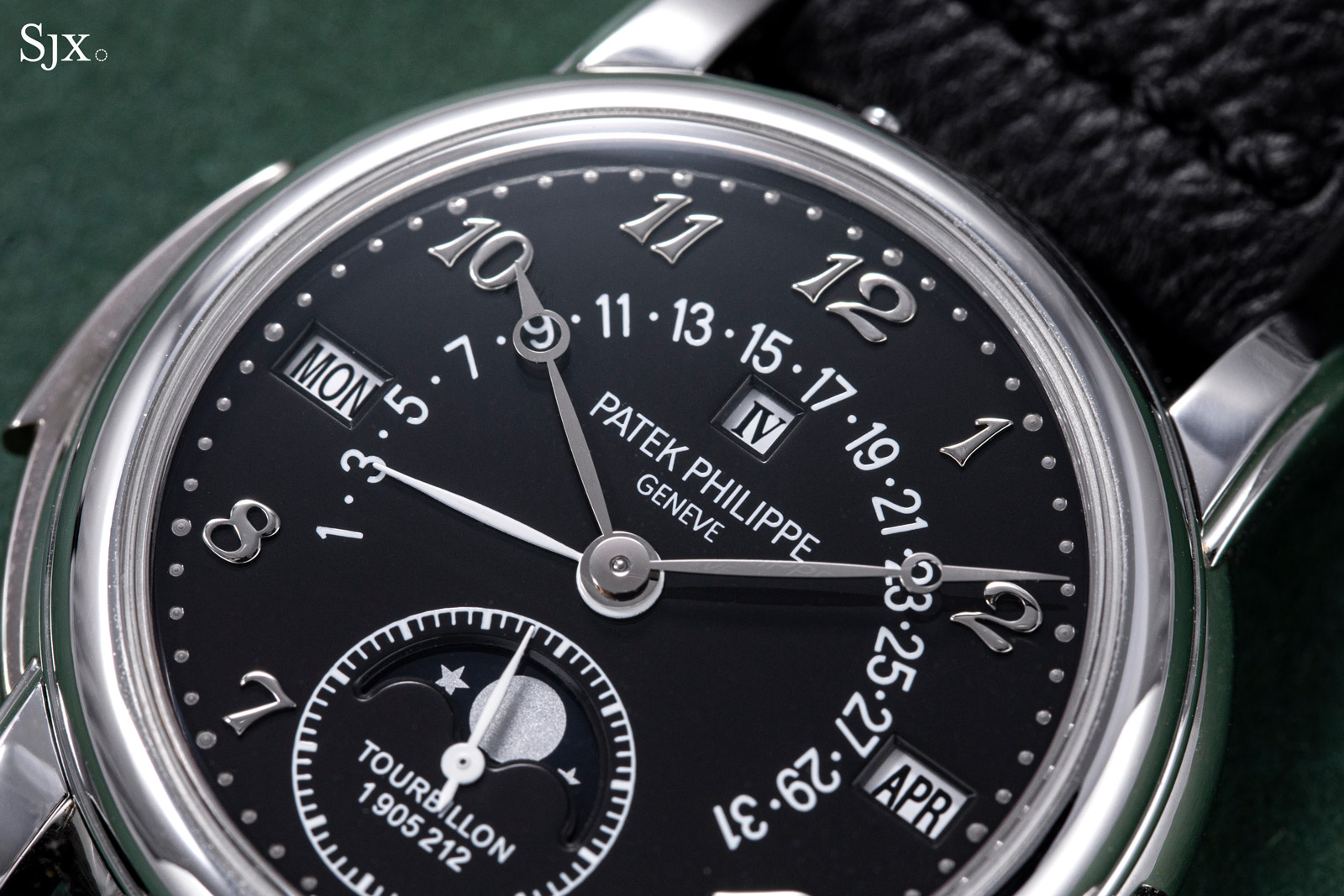
The ref. 5016 is powered by the cal. RTO 27 PS QR (short for Repetition minutes, TOurbillon, Petit Seconde, Quantieme Retrograde), a grande complication movement that has been given appropriately refined treatment in terms of decoration. The “octopus” wheel and tourbillon bridge stand out as particularly refined elements.
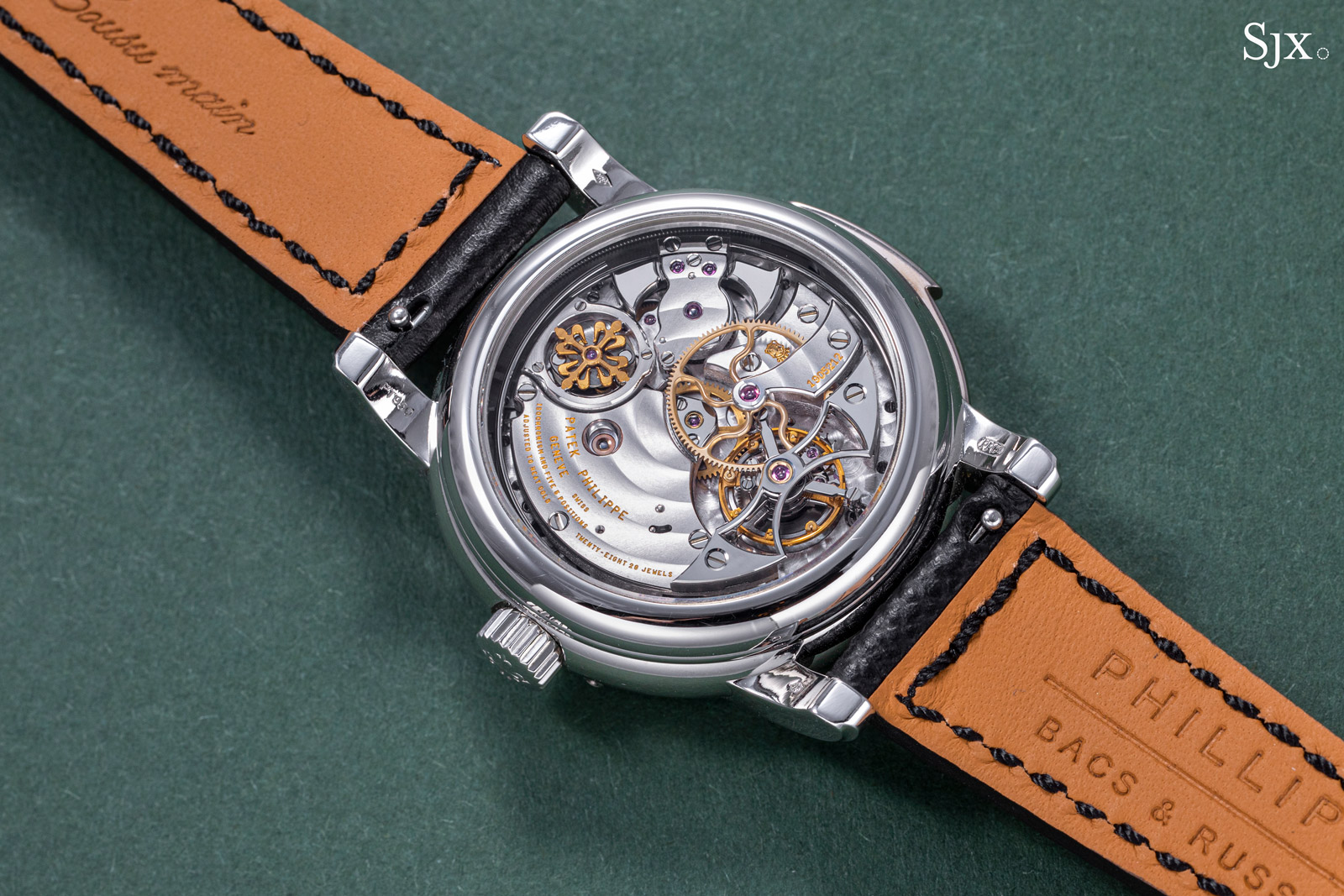
During its 16-year production run – last one was made in 2011 – approximately 200 of the ref. 5016 were made. According to Phillips, only 14 of the ref. 5016P with a black dial have been sold publicly to date. The ref. 5016P has all its original packaging and accessories, and carries an estimate of HK$3.0-6.0 million, or about US$385,000-769,000.
Full lot details here.
Lot 967: Cartier Rotonde de Cartier Mystérieuse
In 2013, Cartier introduced a collection of timepieces modelled on the jeweller’s lavish mystery clocks of the early- to mid-20th century. The base model mystery wristwatch (if such a watch can be entry-level) was the Rotonde de Cartier Mystérieuse, a time-only watch with a “mysterious” display.
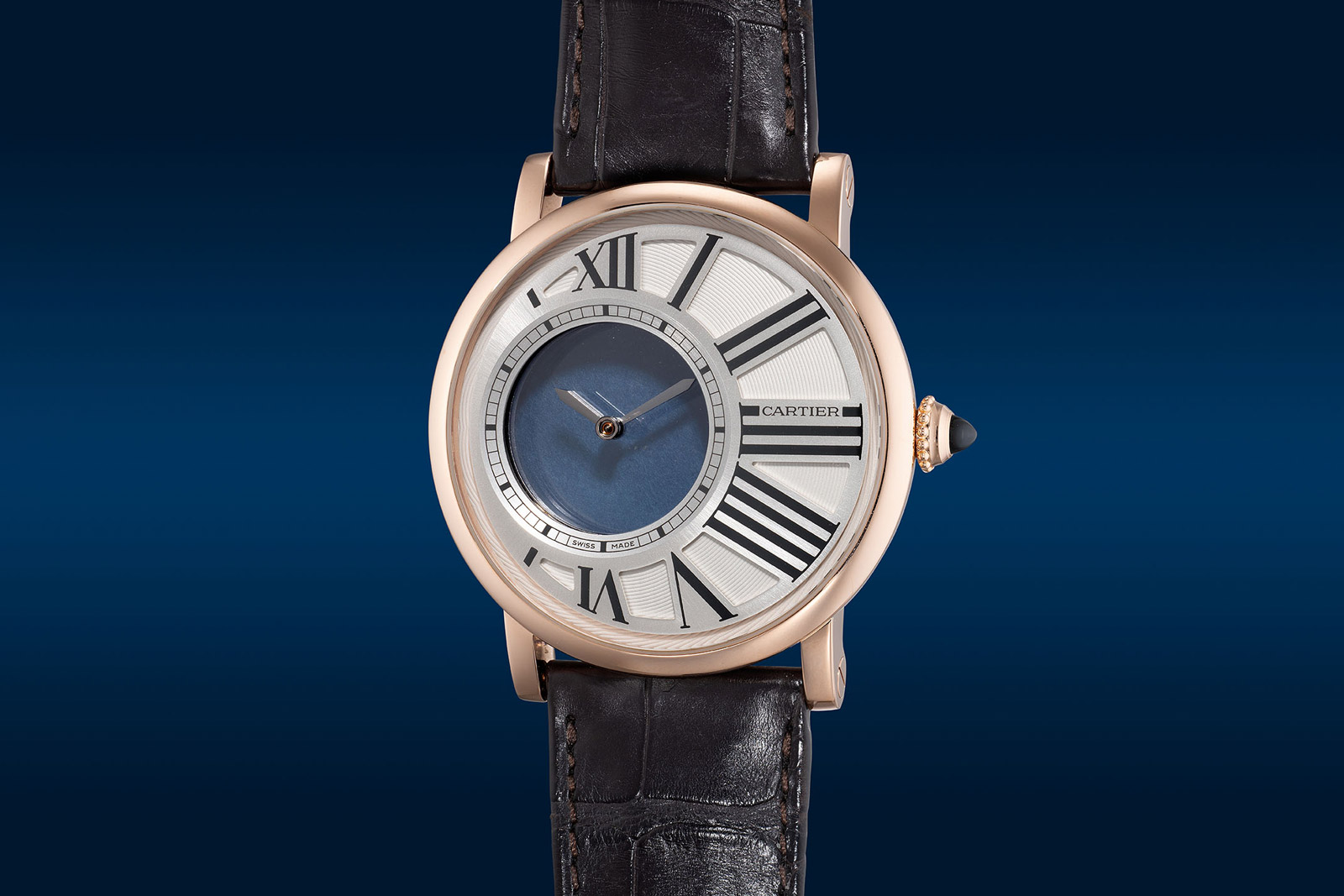
The name is derived from the hands that seem to defy gravity and float in space, with no visible connection to drive them. This captivating illusion is formed by gears concealed under the dial and linked to sapphire discs that have toothed edges. The hands, in turn, are mounted on the discs. Although the movement is an all-new in-house development, the principle of the “mysterious” display remains the same as in Cartier’s mystery clocks of old.
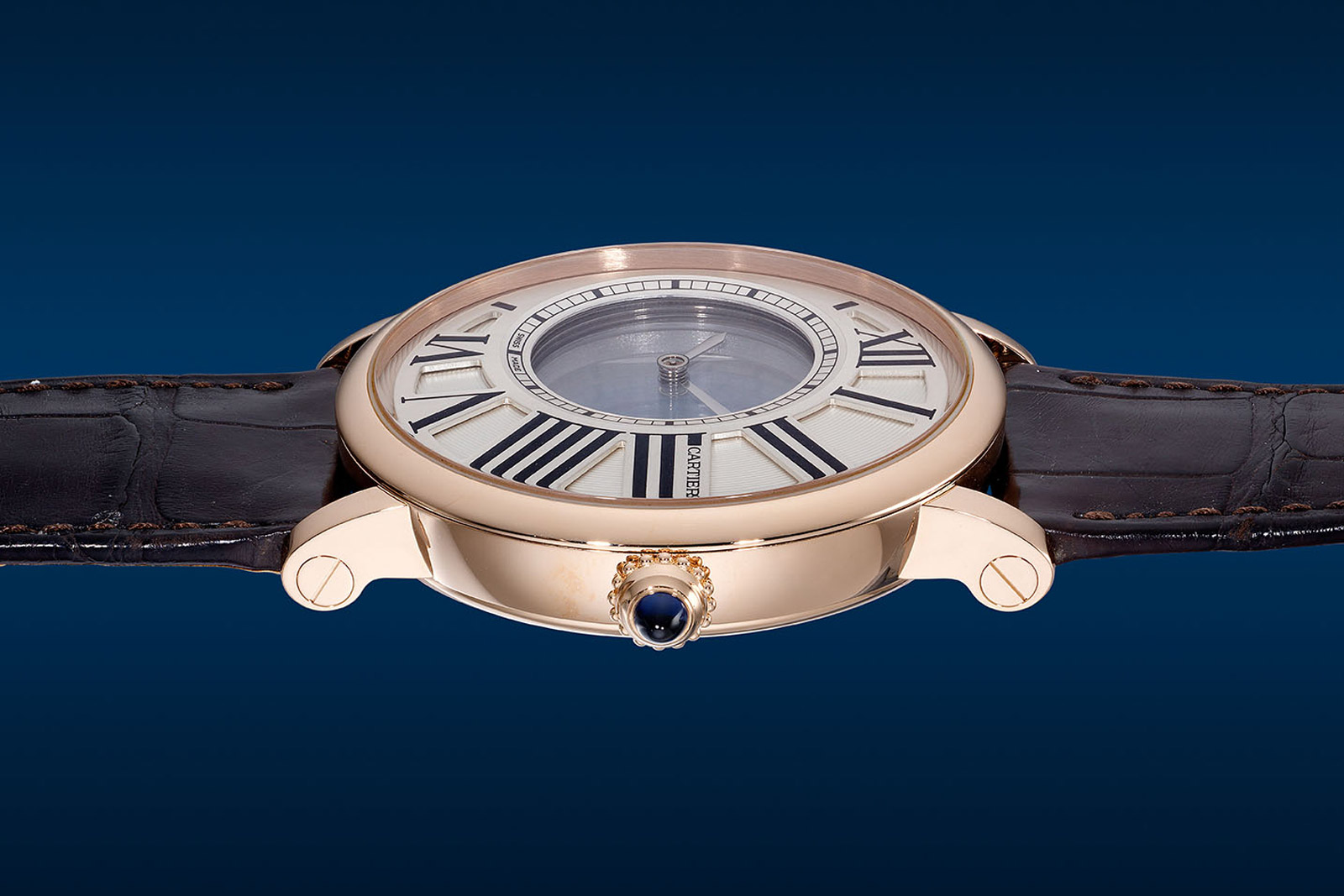
Shaped like a crescent to accommodate the sapphire discs, the cal. 9981 MC and a going train arranged along a curve and a small mainspring, explaining the relatively short power reserve of 48 hours despite the seemingly large, 42 mm case.
Like most complicated movements developed by Cartier during the period, the cal. 9981 was created by a technical team led by Carole Forestier-Kasapi, who now does the same at TAG Heuer.
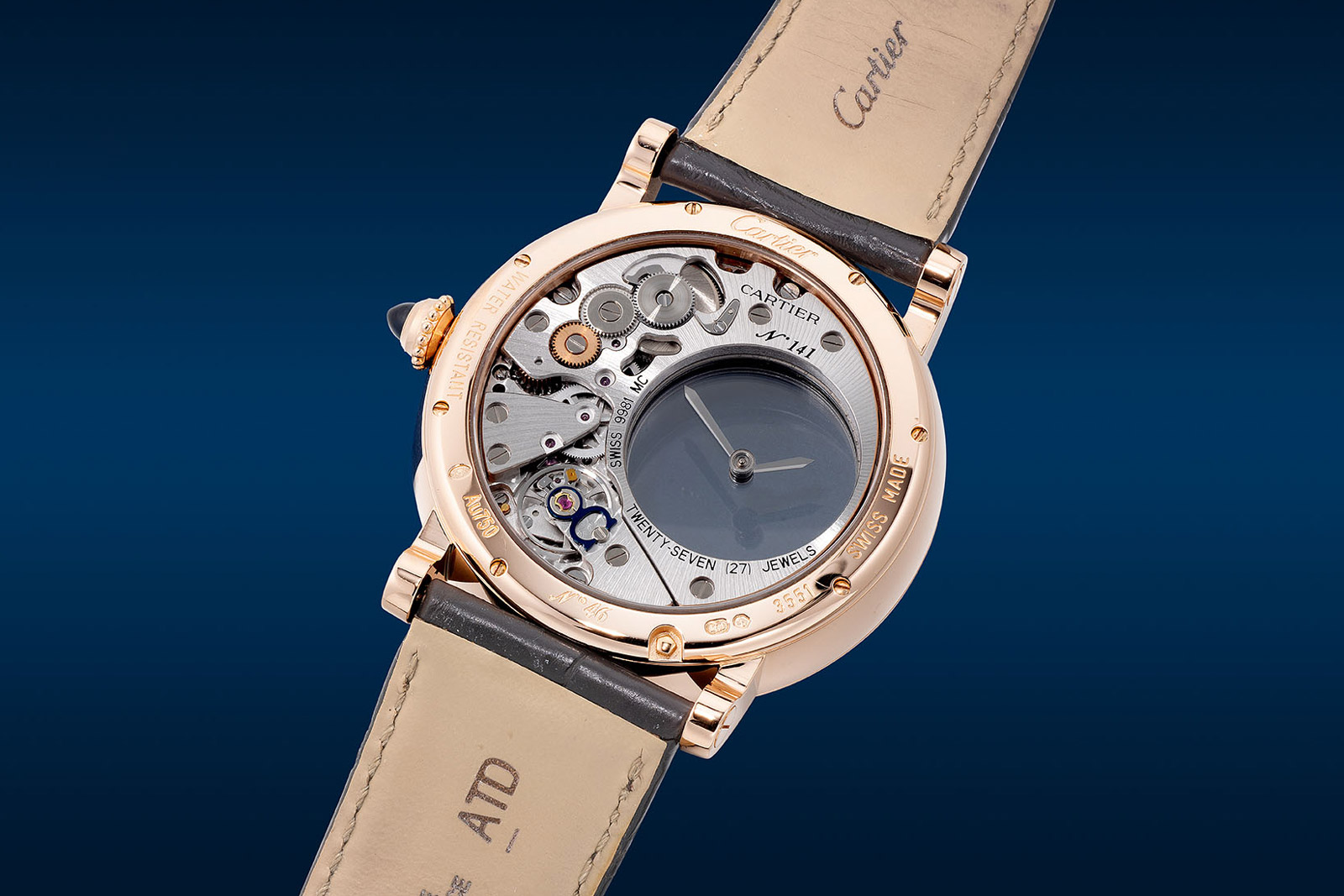
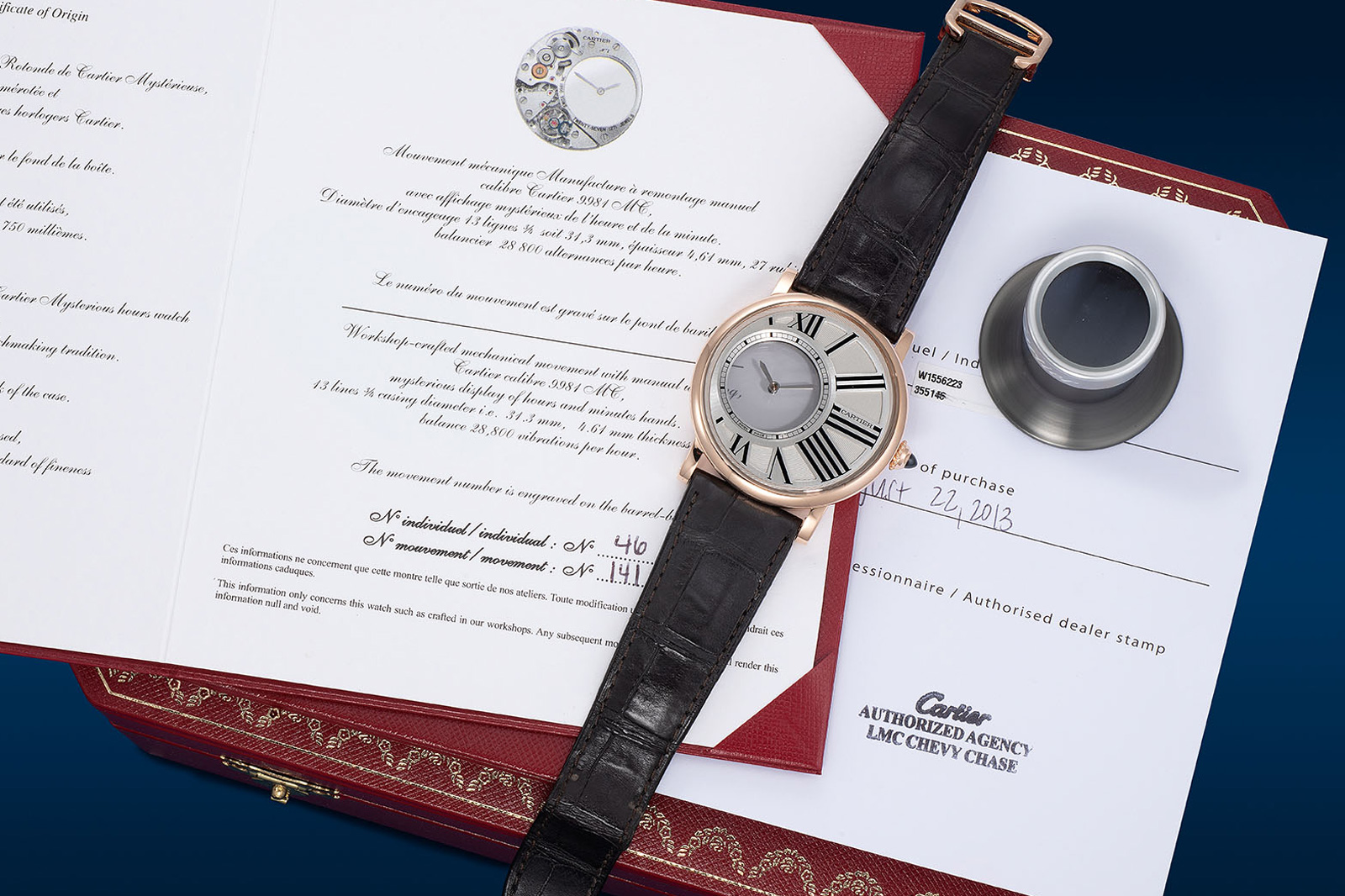
The present example is in excellent condition and includes with its original packaging. The estimate is HK$120,000-180,000, or about US$15,300-23,000. You can find out more in the catalogue.
Lot 1020: Patek Philippe ref. 5372P-001
Closing the selection is the ref. 5372P, one of the most complex chronographs in the Patek Philippe catalogue. Unveiled in 2017, the now-discontinued ref. 5372P was a more classical take on the mono-pusher split-seconds chronograph with a perpetual calendar, succeeding the cushion-shaped ref. 5951.
Now replaced by the ref. 5373P – essentially the same watch but with its crown on the left of the case – the ref. 5372P has a 38.3 mm platinum case and a metallic blue dial featuring applied Arabic numerals (the other dial option for the model was “salmon”). In contrast to its left-handed replacement that has a sporty black-and-red livery, the ref. 5372P has a relatively muted palette of dark blue and silver, which will appeal to collectors with more classical tastes.
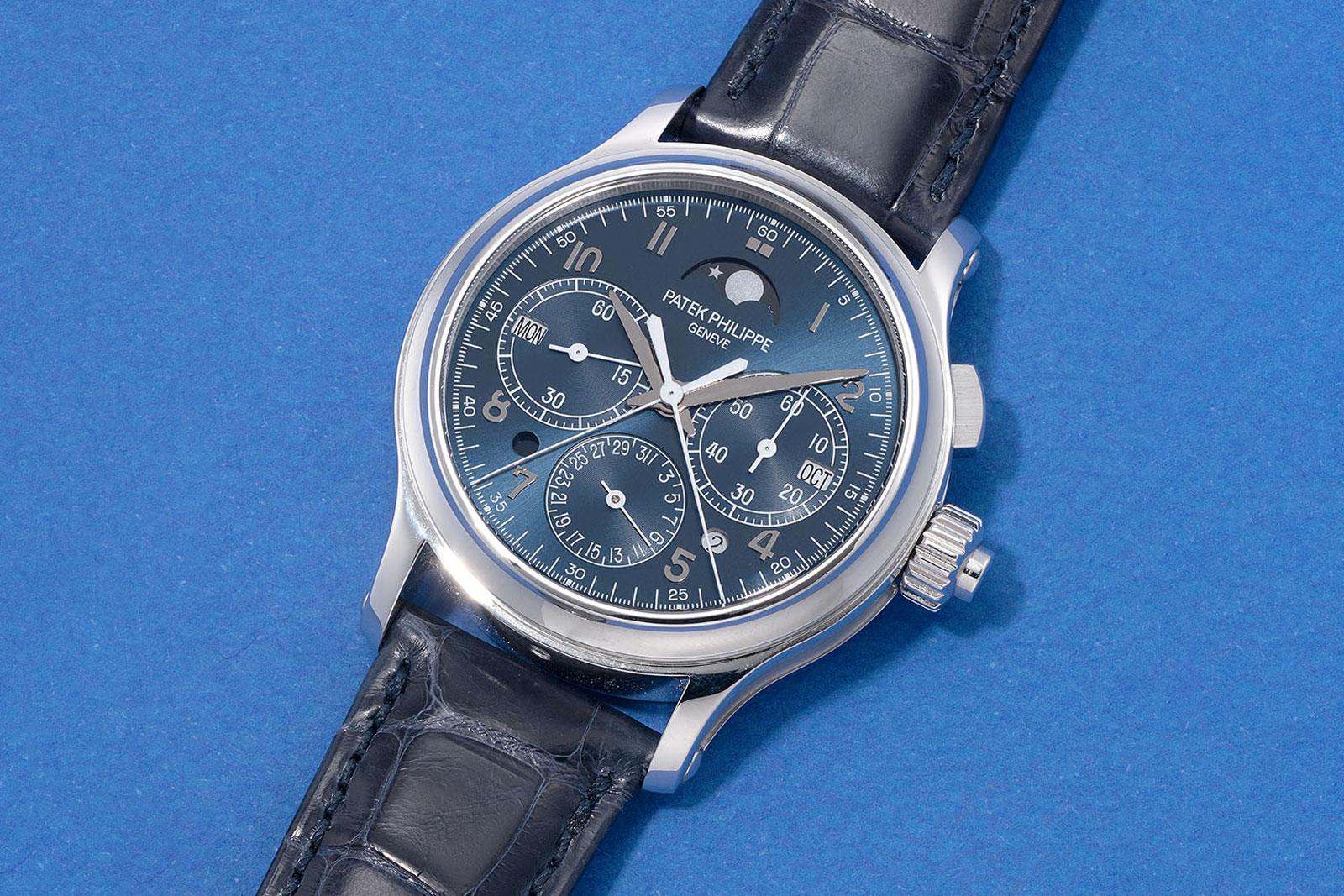
The ref. 5372P, along with its predecessors, was powered by the CHR 27-525 PS Q, Patek Philippe’s ultra-slim and ultra-fine chronograph movement with a perpetual calendar module on top.
Visible through the open back, the CHR 27-525 PS Q is a traditionally constructed chronograph with lateral coupling, and in typical Geneva style, a column wheel hidden under a black-polished steel cap.
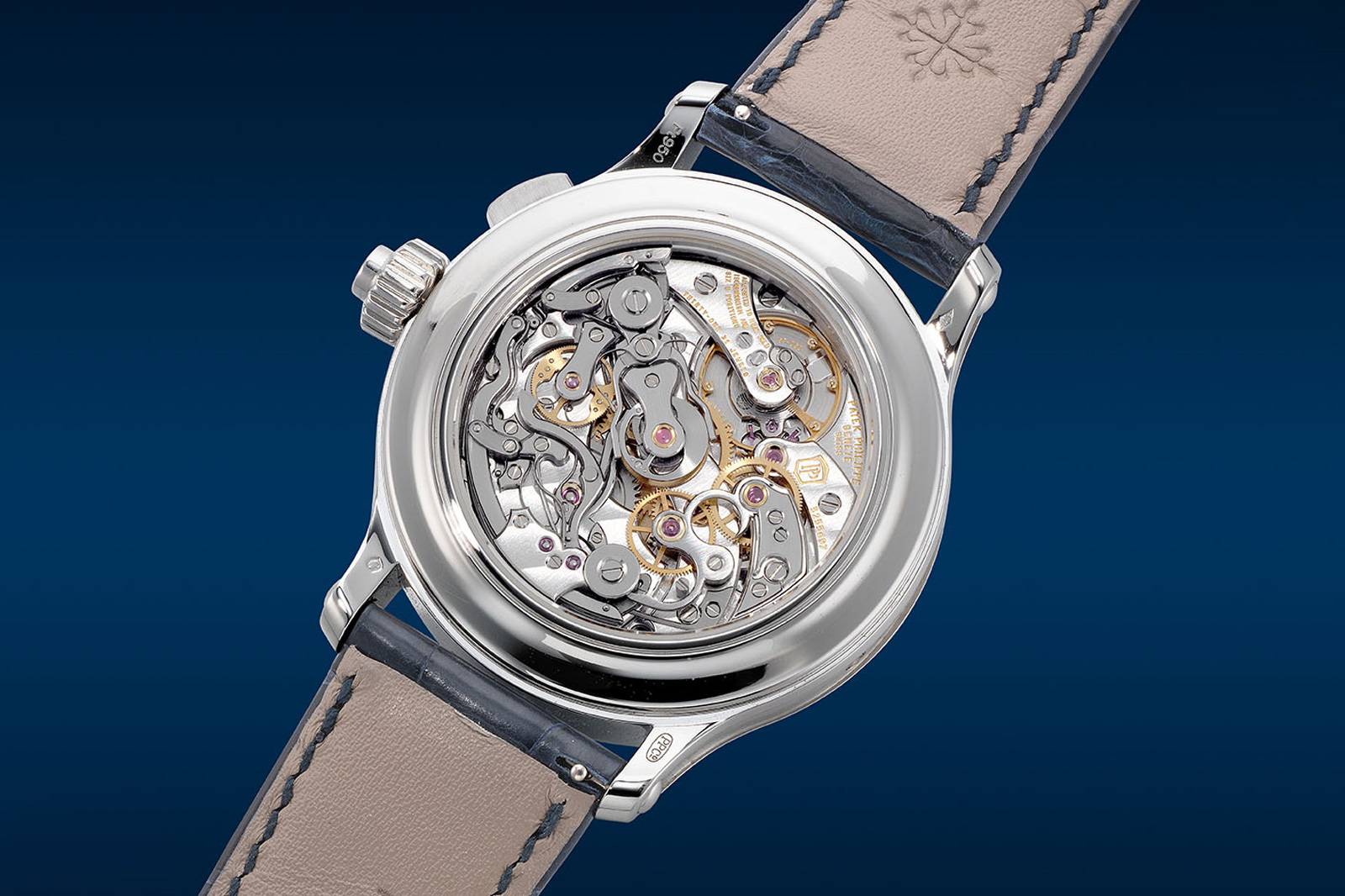
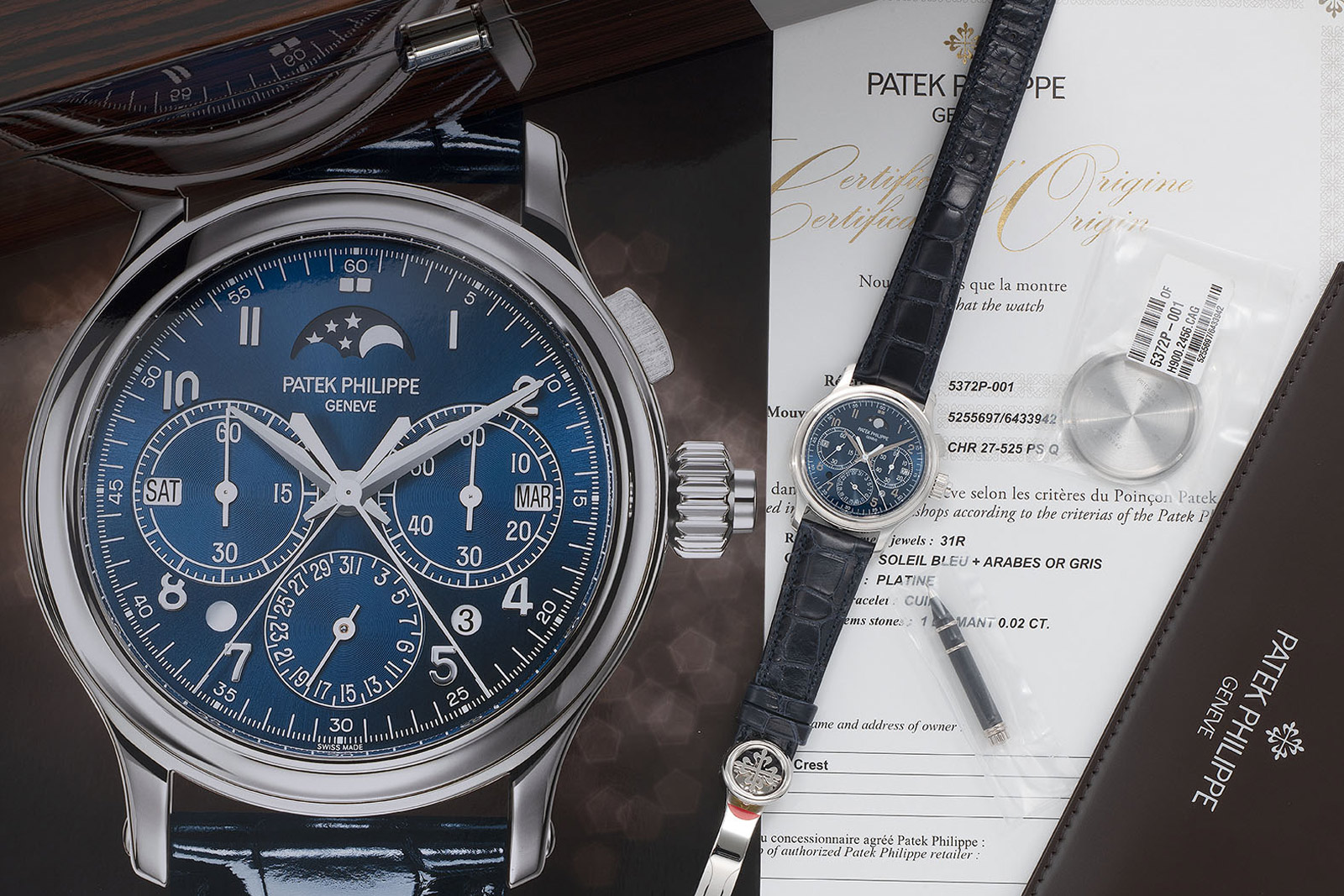
The ref. 5372P is being offered in a like-new condition and is complete with its accessories. It carries an estimate of HK$3.0-5.0 million or US$385,000-641,000.
For more, check out the catalogue.
Preview and auction details
All lots will be on show during the preview exhibition in the run-up to the auction. Both the auction and preview will take place at Phillips Hong Kong in the West Kowloon Cultural District.
Preview
Open daily May 18-25 from 10:00 am-7:00 pm
Auction
May 24, 2:00 pm (lots 801-938)
May 25, 11:00 am (lots 939-1070)
All times are local to Hong Kong, GMT+8.
Phillips
G/F WKCDA Tower
Cultural District
8 Austin Road W
Kowloon
Hong Kong
For the full catalogue, as well as viewing appointments and online bidding, visit Phillips.com.
This was brought to you in collaboration with Phillips.
Back to top.
